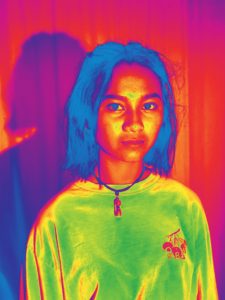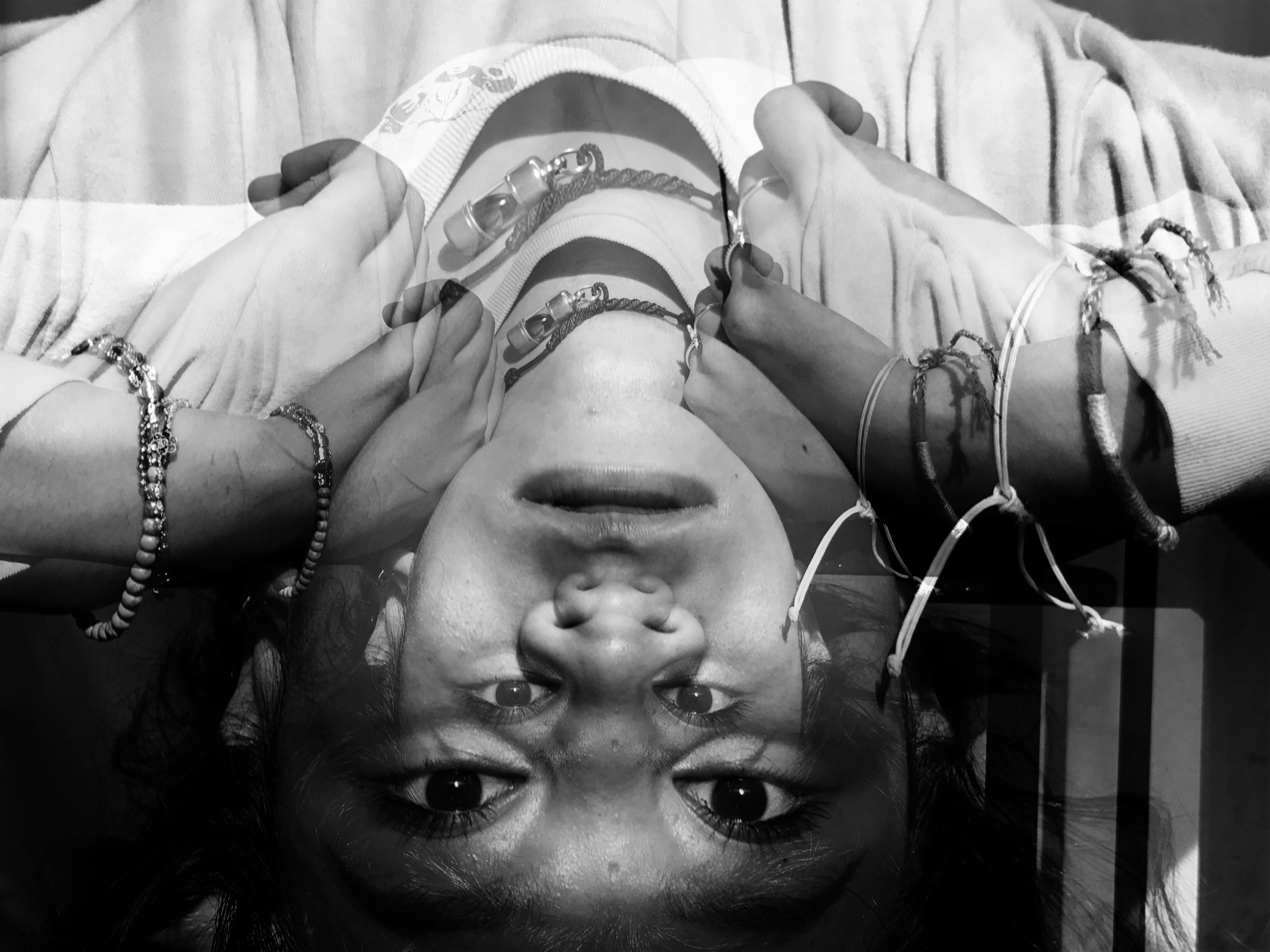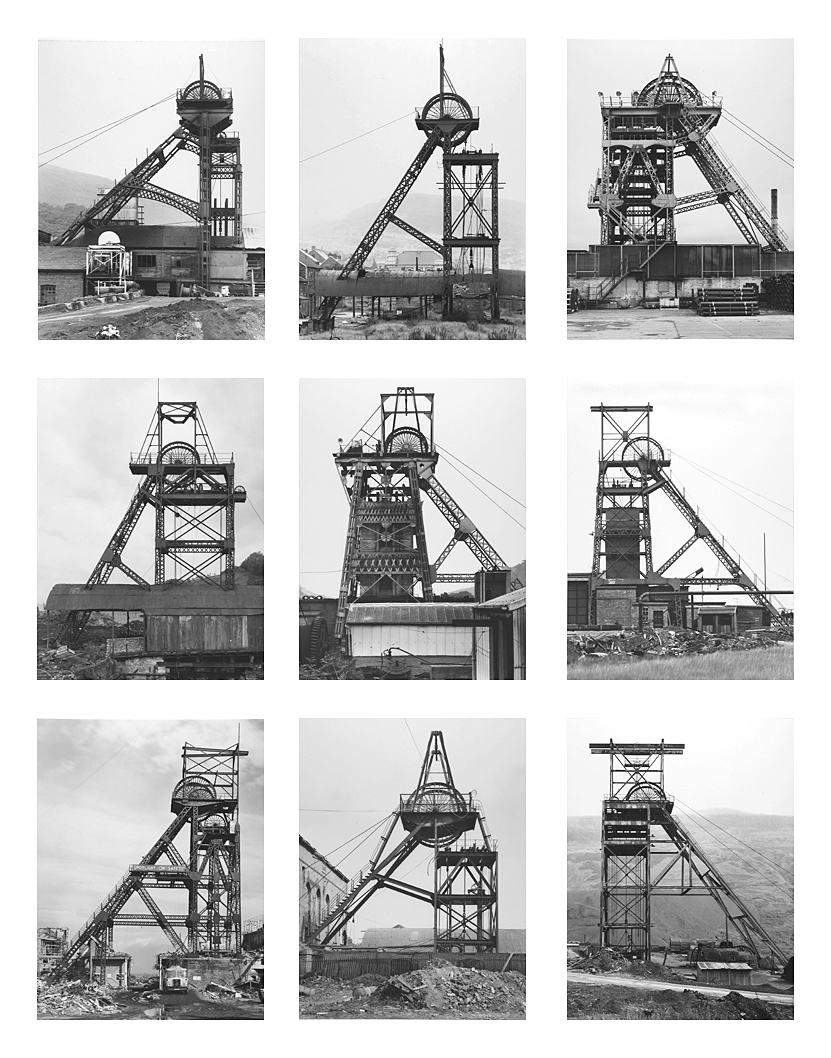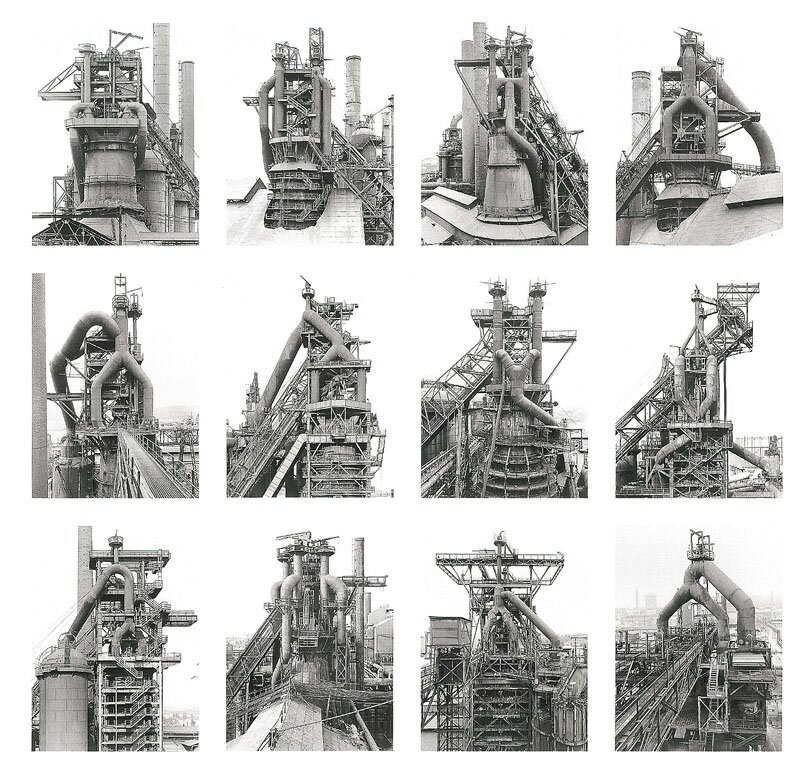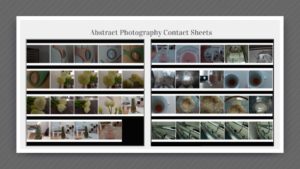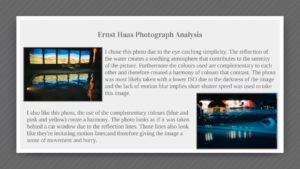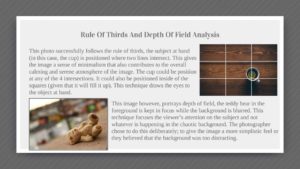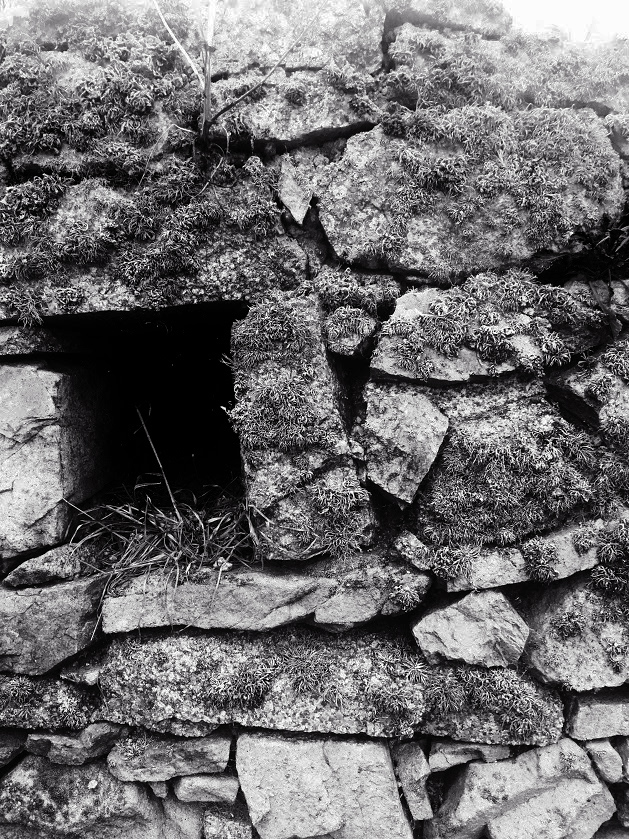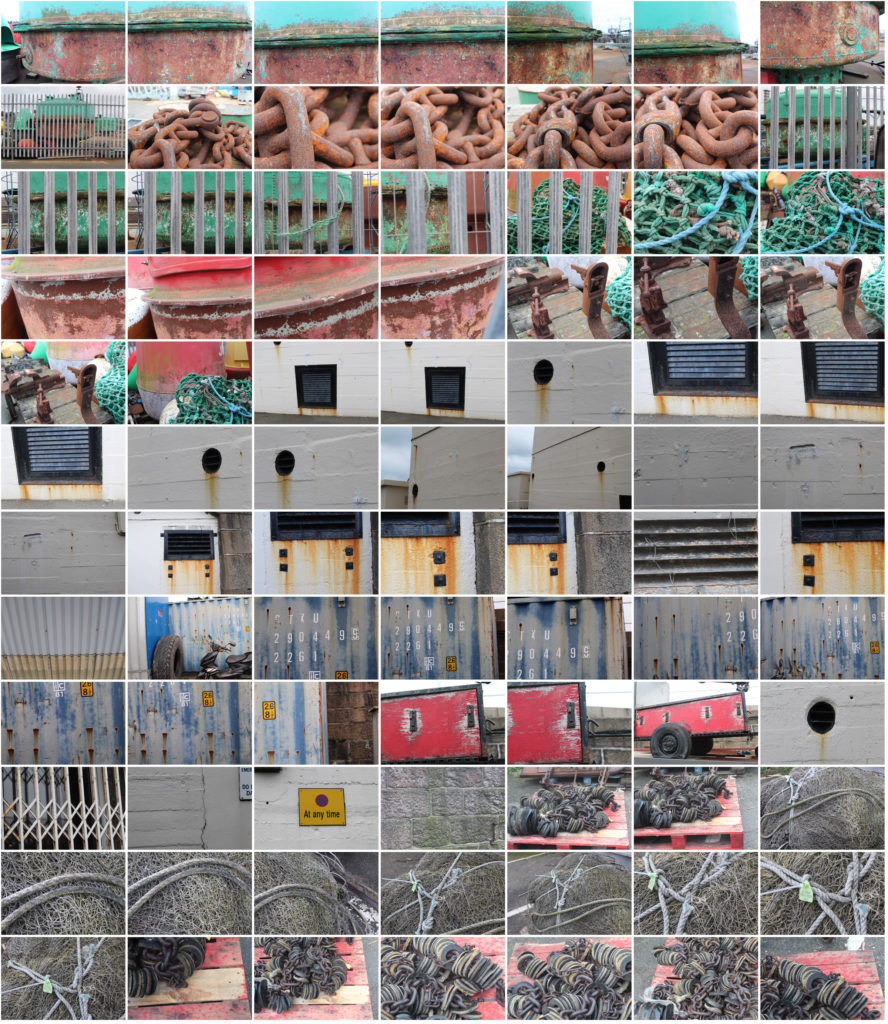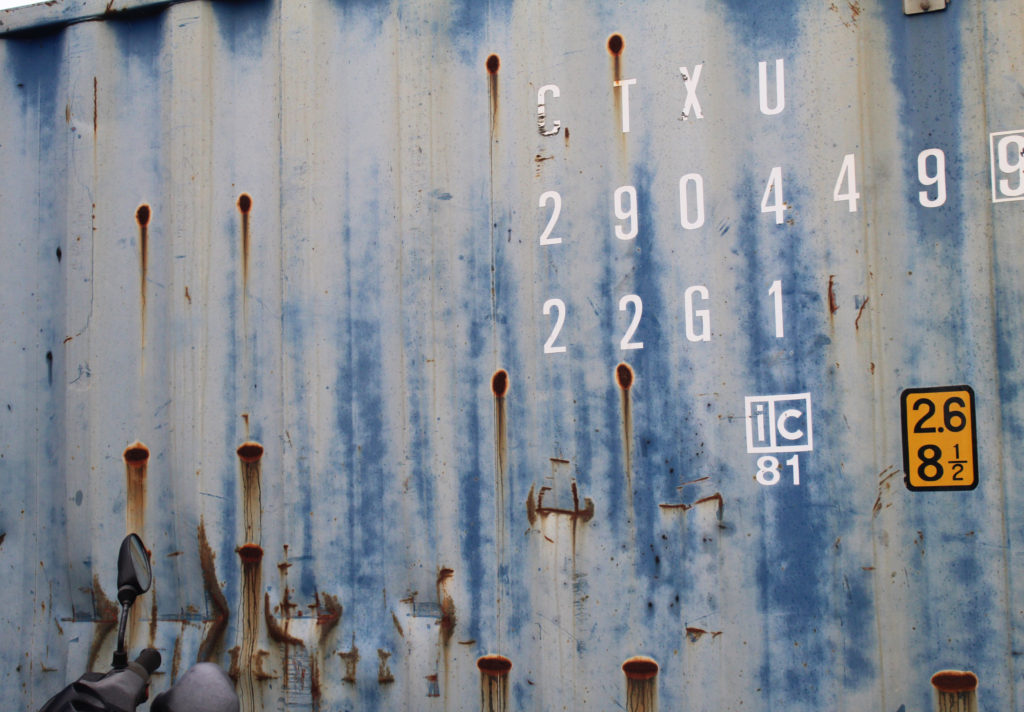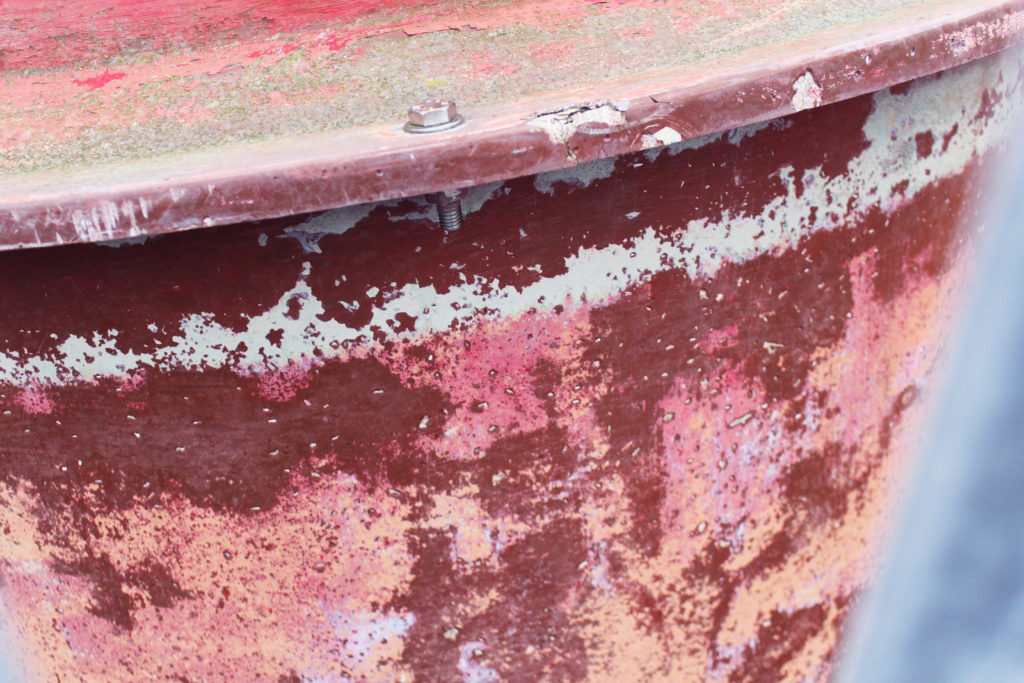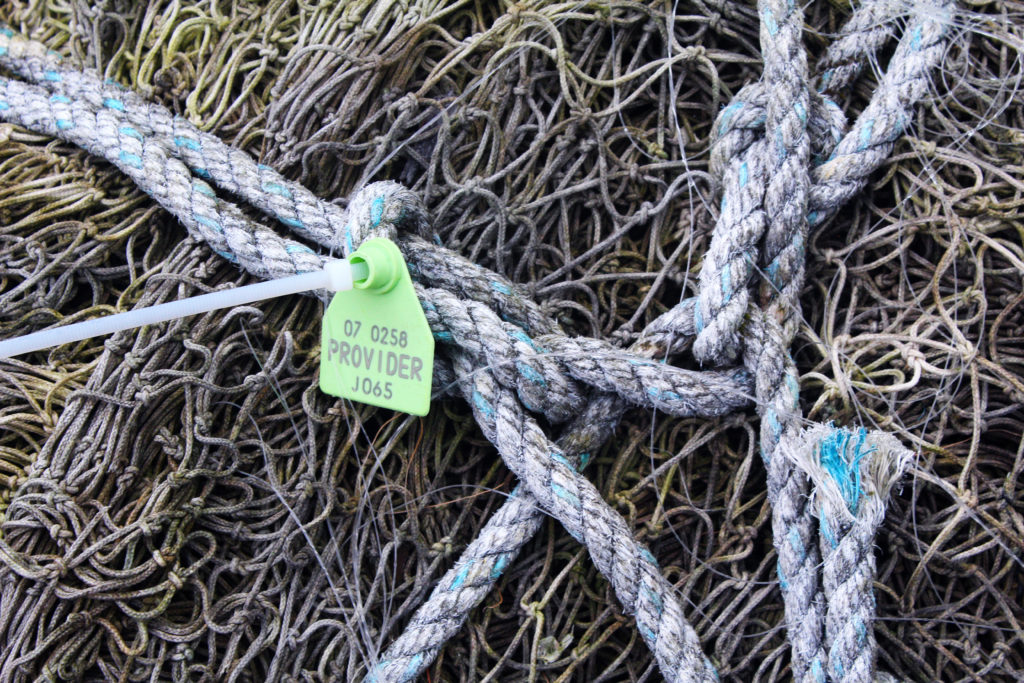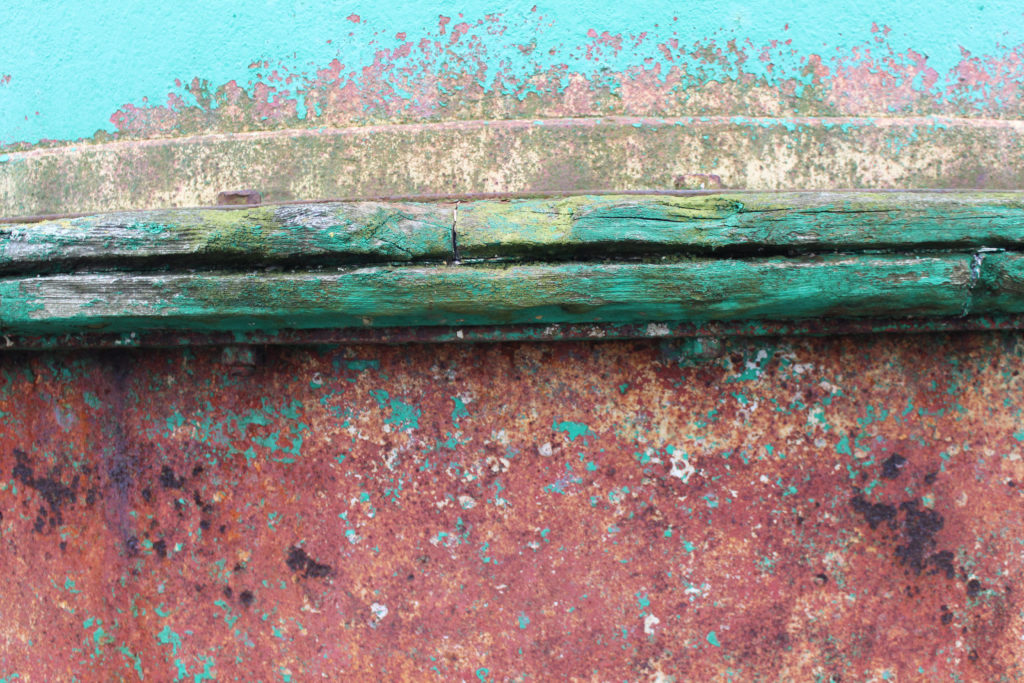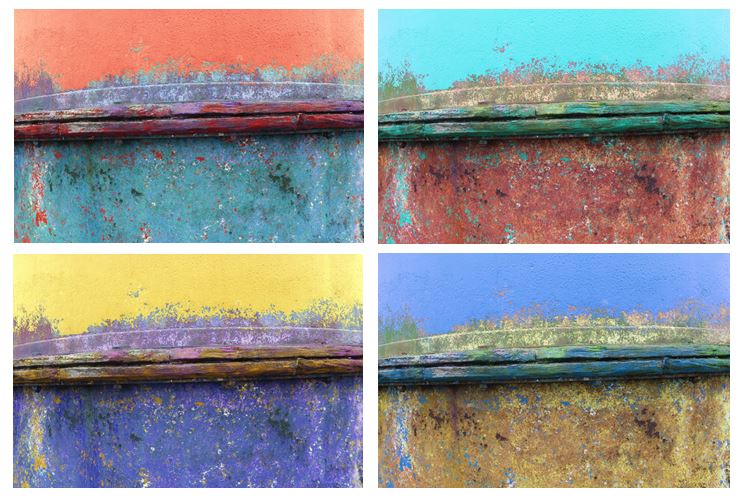Planning
Task – Produce 100-200 images that explore a colour, contrasting colours or colour harmonies
Locations – roads, items in the streets, doors, fences, buildings
Lighting – natural lighting
Camera settings – ISO 400, fast shutter speed – 1/60, deep depth of field therefore high aperture.
Concept – capture images of contrasting colours and make them appear abstract.
Franco Fontana
Franco Fontana (born 1933) is an Italian photographer, who is best known for his abstract colour landscapes and use of vibrant colours. Fontana looks at many different subjects including urban landscape, fashion and portraits. Fontanas work is in about 60 museums all over the world and he has taken part in over 400 exhibitions. His work has also been used for album cover art.


Franco Fontana Favourite Photo:
In this photo natural lighting is used to create contrast, shapes and shadows. The bright yellow/orange contrasts with the black of the shadows. A deep depth of field was used along with a quick shutter speed and an ISO of 400-800 due to the sharpness of the image and lack of noise. The yellow in the image with the blue background gives a warm image.
You can clearly see texture all over the image from the bricked walls to the texture of the yellow material. The image is also quite 3D as it has lots of layers to it but it has a confusing layout; due to how abstract it is, it appears to be an illusion.
Fontana was well known for his abstractness and the colour intensity in his images and this was one of the many examples of his excellent works that show how he can combine colour and contrast to create an eye-catching image.
I think that in this photo and the other colourful abstract photographs that Fontana takes, he is trying to emphasise how colour and contrast is all around us but we do not stop in our day-to-day lives to appreciate it. He is trying to show people everyday scenes from new angles to get them to appreciate it.

Cara Berer
Cara Berer turns books into art by sculpting and dying them then presenting them in a way in which they have not been seen before. Through her work she tries to document books and raise questions about the frailness of books and their future.


Cara Berer Favourite Photo:
In the below photo, a fixed light is set up to illuminate the subject and help it to contrast with the black background. There is a wide tonal range in the folds of the pages, this creates a more dramatic image. A deep field of depth appears to have been used as all of the image is in focus, this could also be because a quick shutter speed was used with a medium ISO.
The splashes of colour in the pages contrast with the plain paper and the background to help bring the image to live. The curls of the paper give layers to the image and almost a 3D effect. There is lots of symmetry in this photo which makes it a lot more appealing for the viewer.
Cara Berer takes books then dyes them and makes interesting shapes out of them to get people to think about books and the way that they are treated. She believes books should be appreciated more and the fact that to produce them it ruins the environment should be thought about.
This image and the rest of the images in the series are Berer’s way of saying that the books that you have at home are not as useless as you think; they are interesting objects that can be turned into something eye-catching and complex.

My Photos:
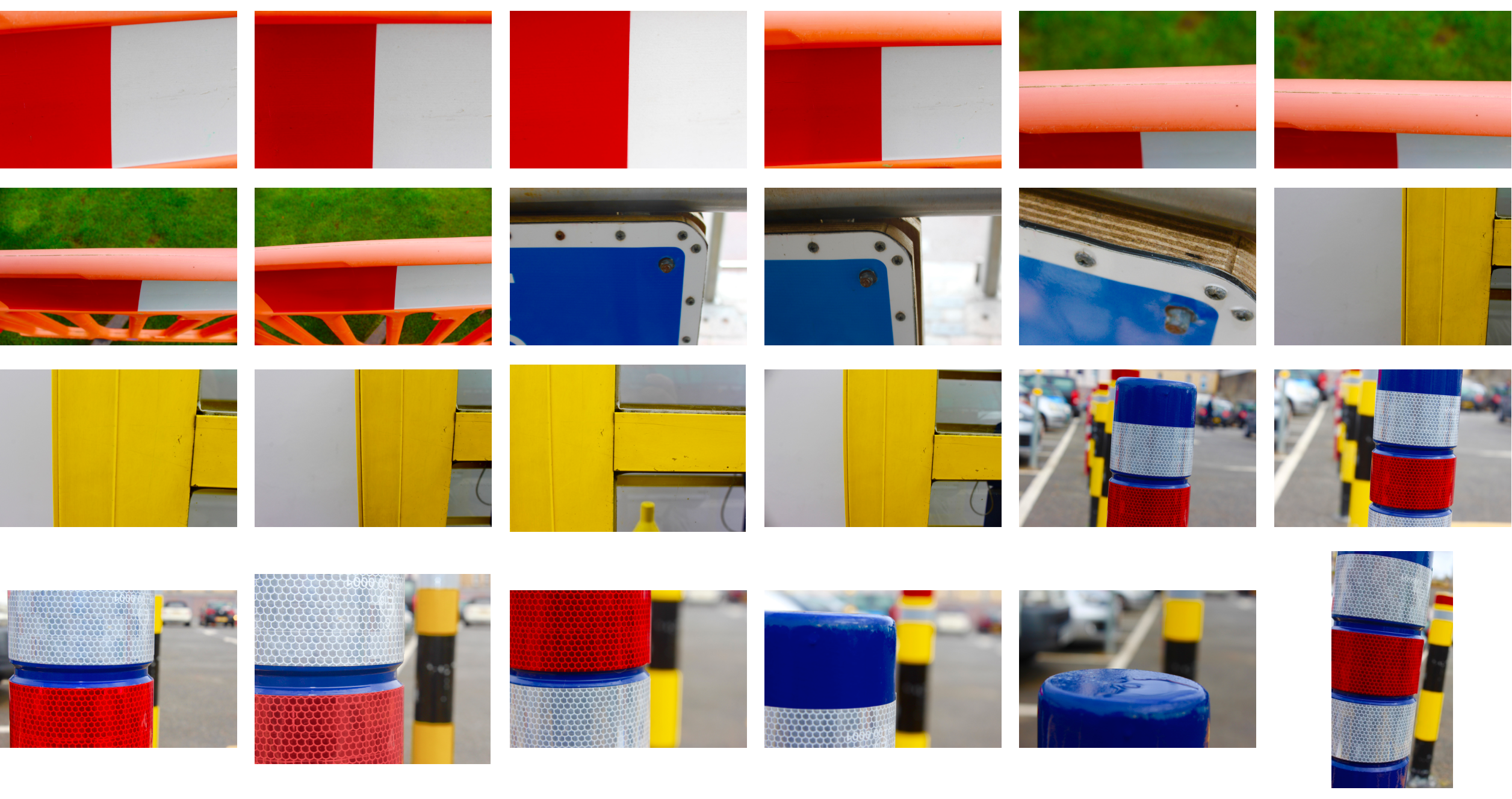
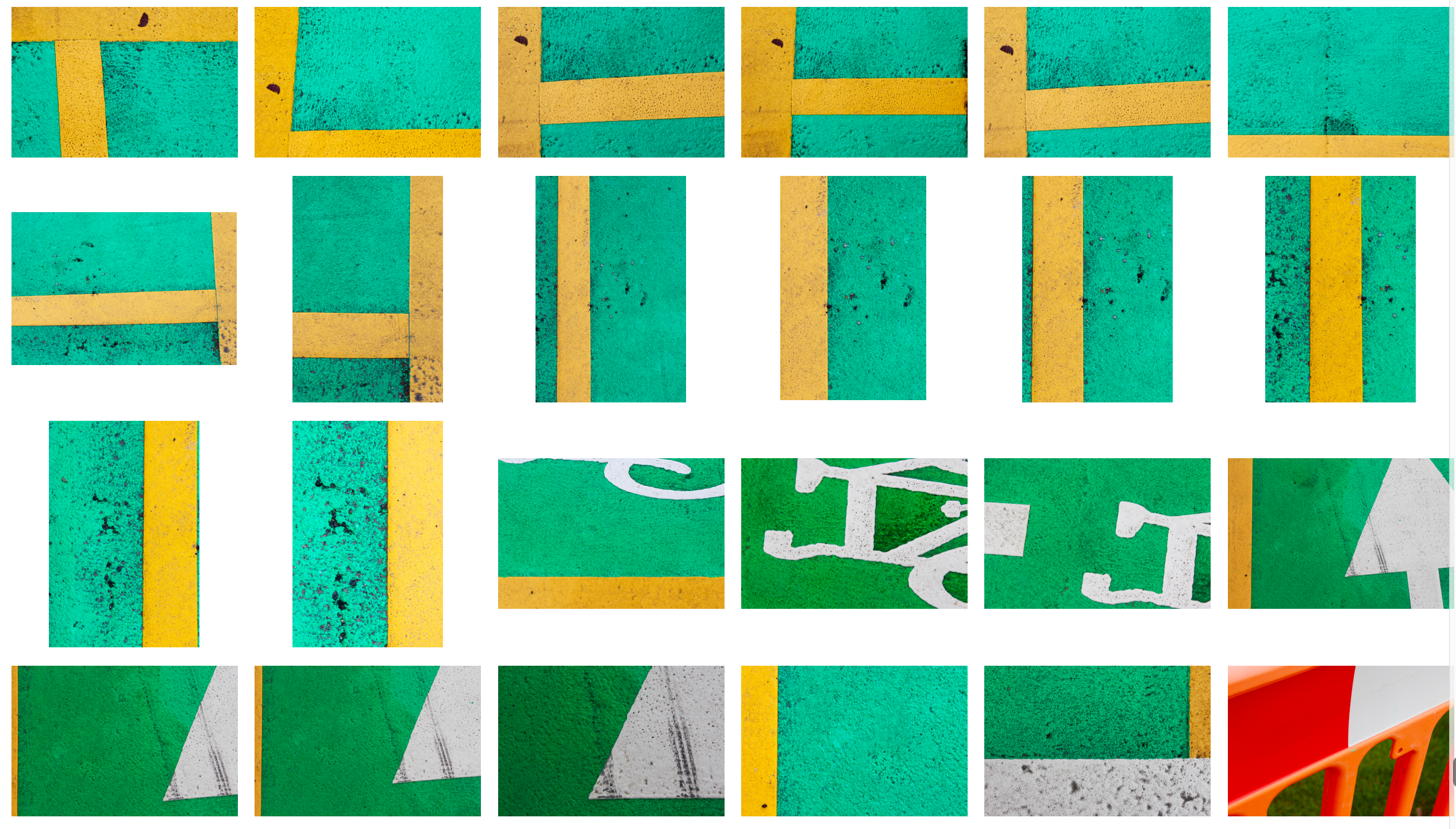
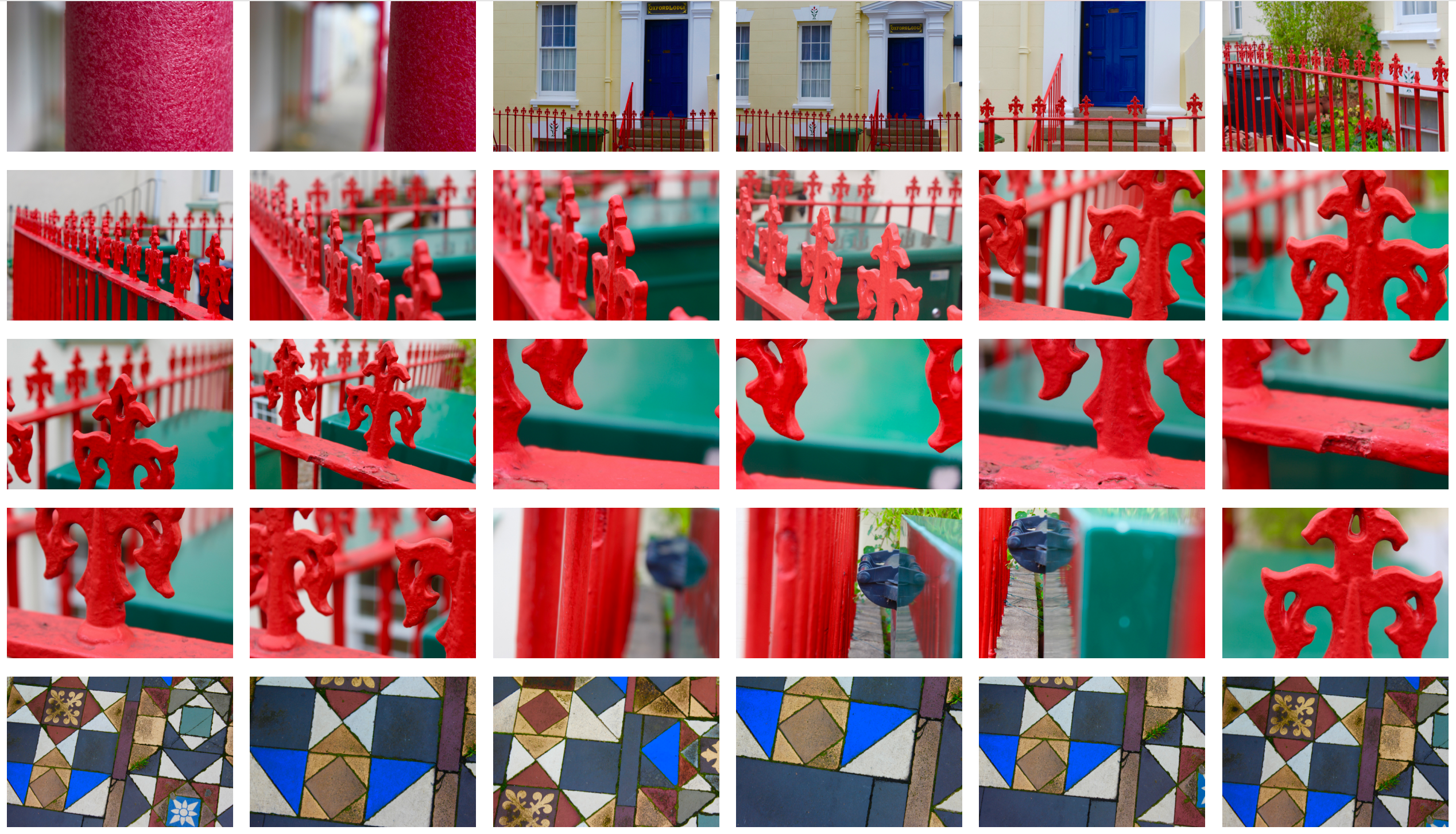
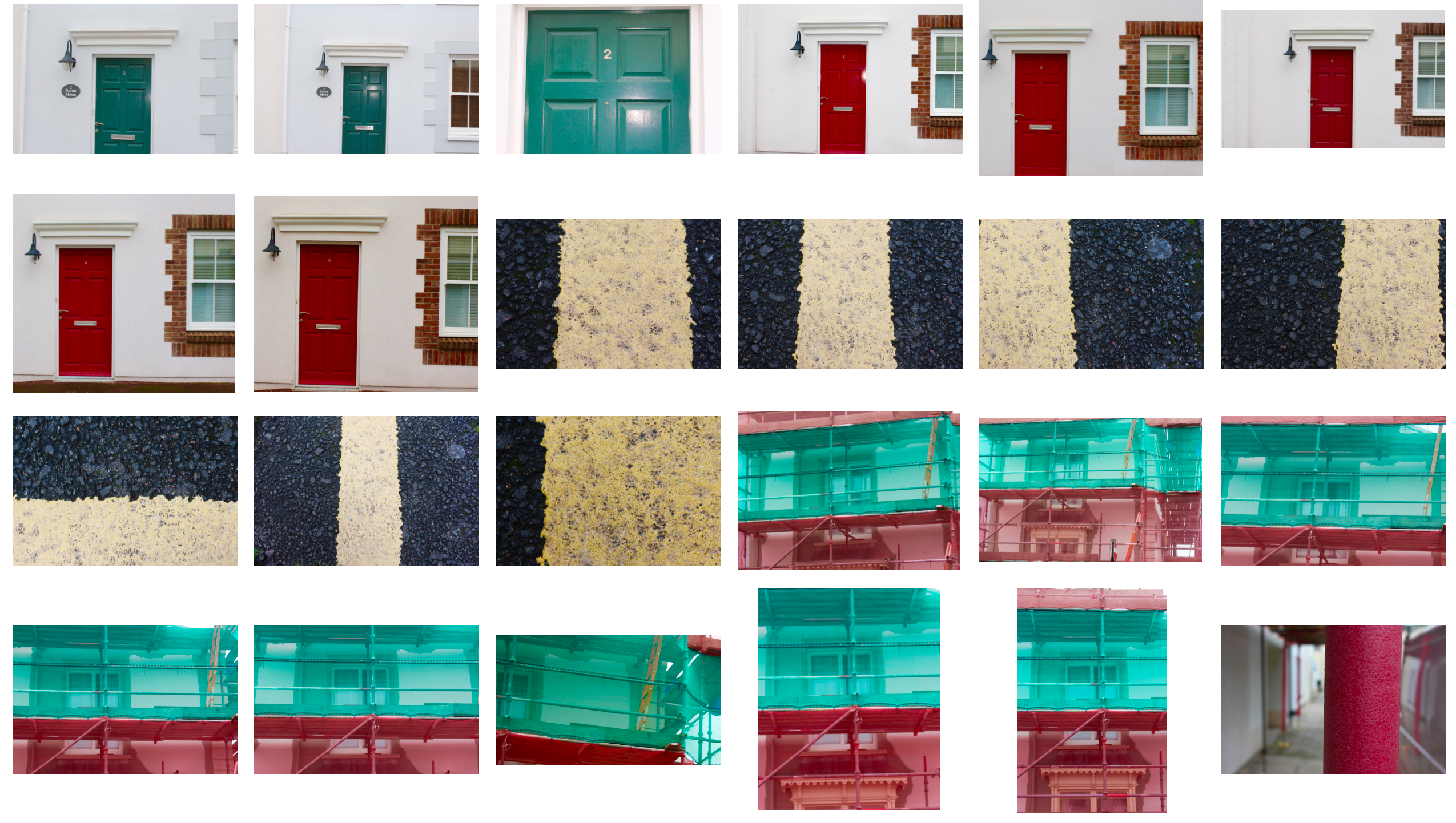
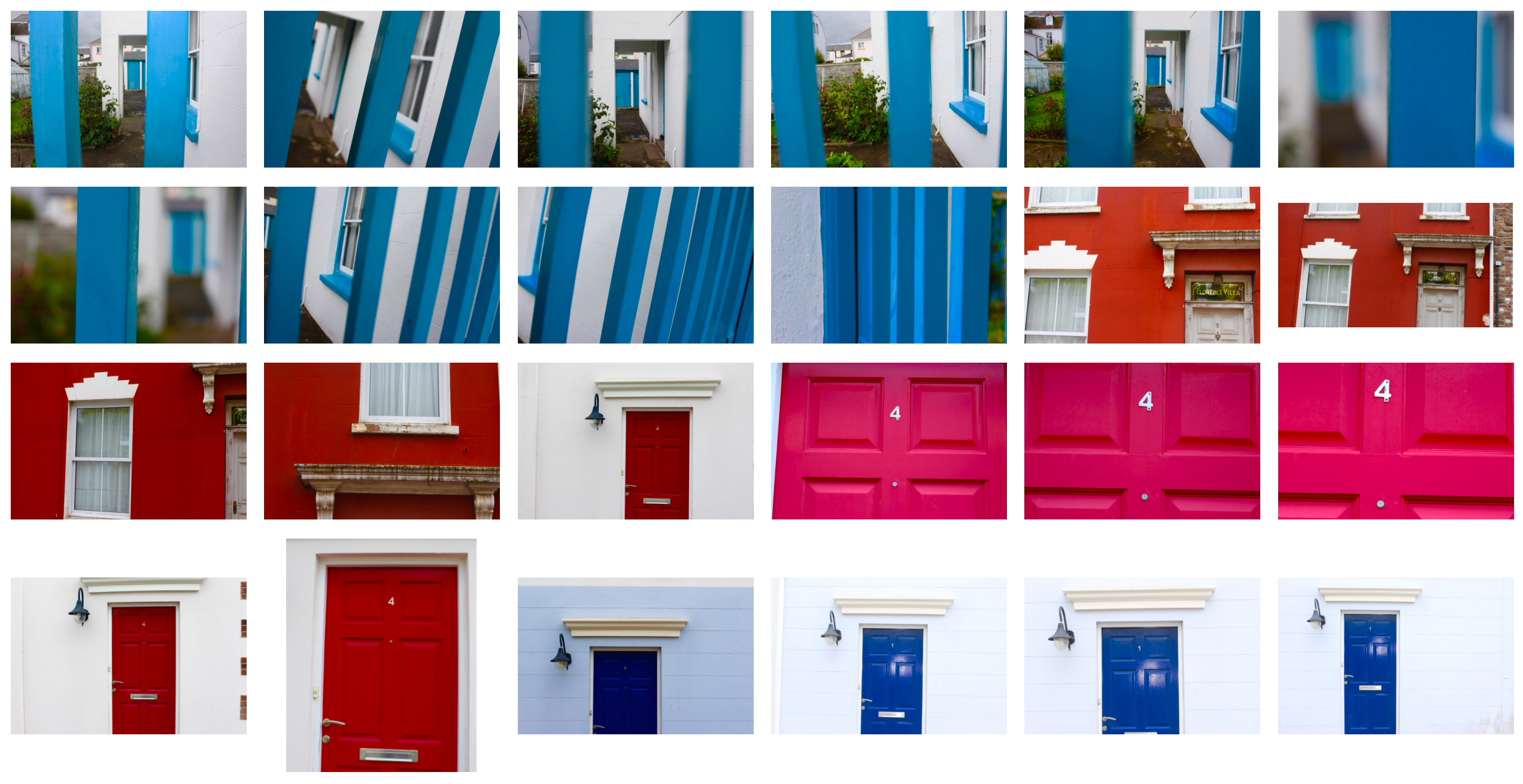

 My Favourite Photo:
My Favourite Photo:
This photo is my favourite from the shoot. The natural daylight was used to capture this image. I used a deep depth of field to ensure that all of the image was in focus. I used a shutter speed of 1/100 to take this photo, I used a quick shutter speed to make sure that it was a clear image. A low ISO was used to take the image so that there was a minimal about of noise in the photo. You can see lots of texture in the surface of the subjects and even the dirt on top of it to give the photograph a more realistic feel. There is a large contrast between the two colours that you would not normally see together everyday, this makes the image more dramatic and interesting to me. One colour is warm and the other is cold, this makes the image even more contrasting.
The photo is full of vibrant colours to catch the viewers eye and make it a loud and interesting photograph. The photo is very close up and abstract so it adds mystery to it as the viewer will wonder what they are looking at. The two sides of the yellow line roughly line up with the two vertical lines on the rule of thirds grid to create an appealing photograph. I cropped this photograph to make it more abstract and mysterious.
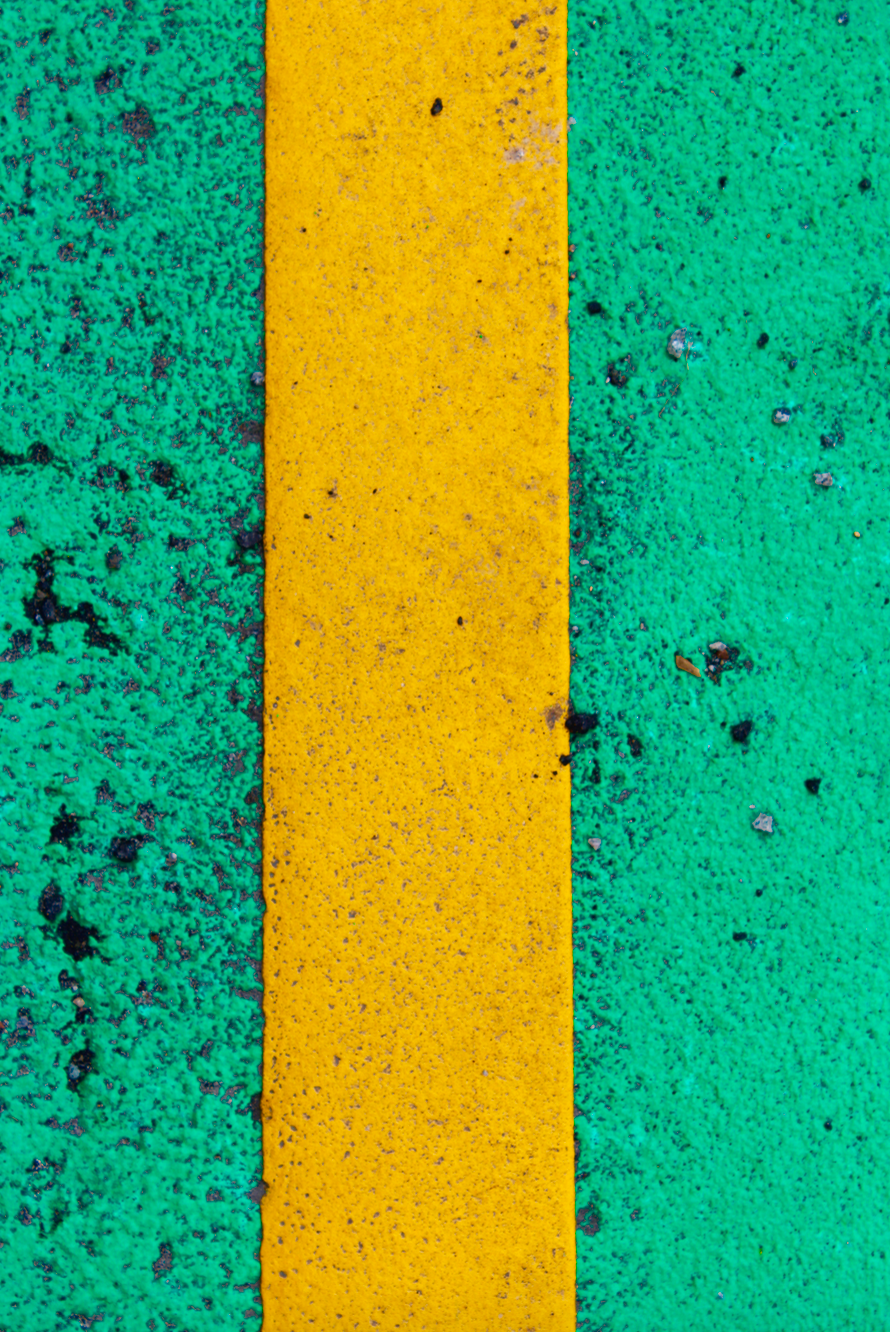



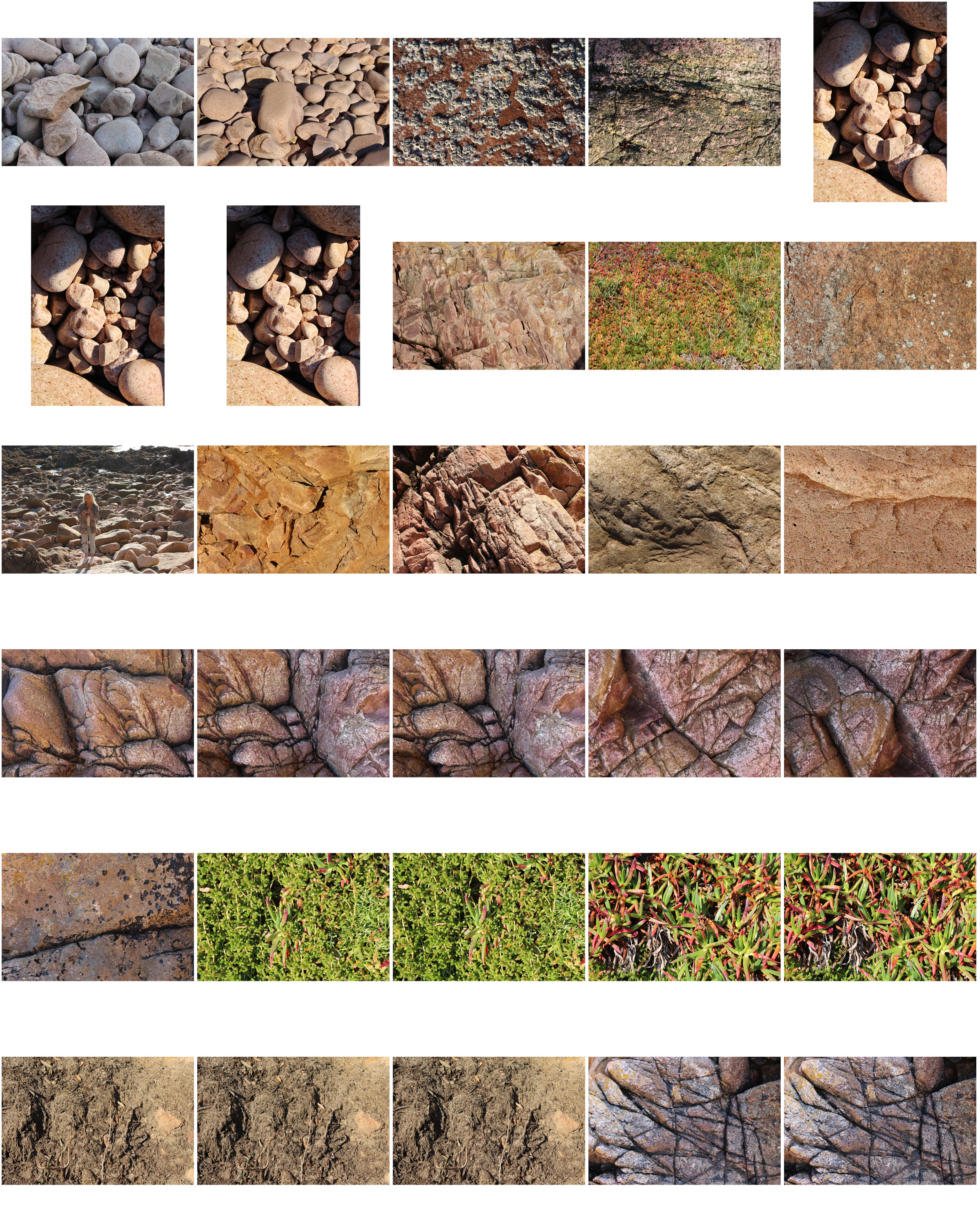
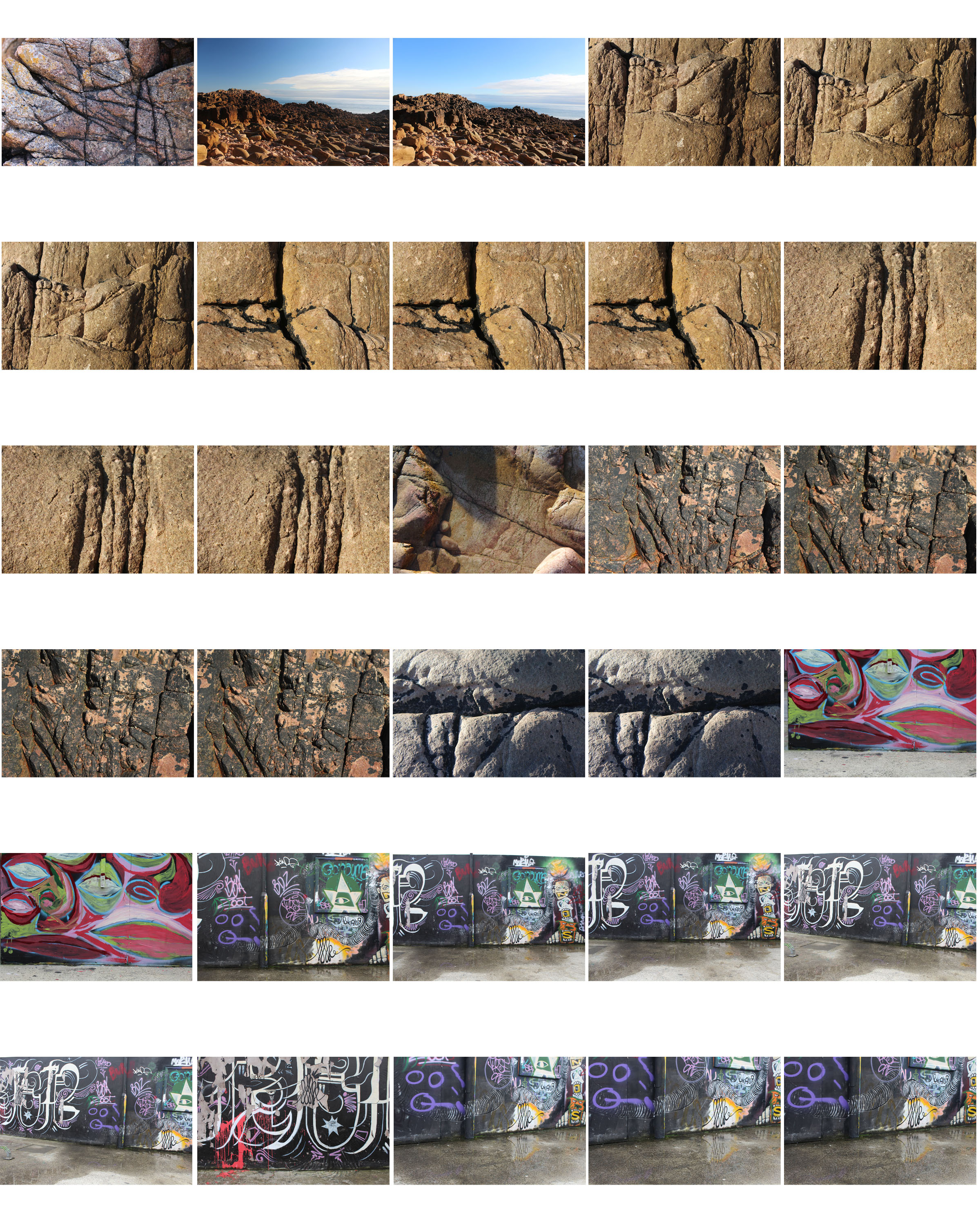
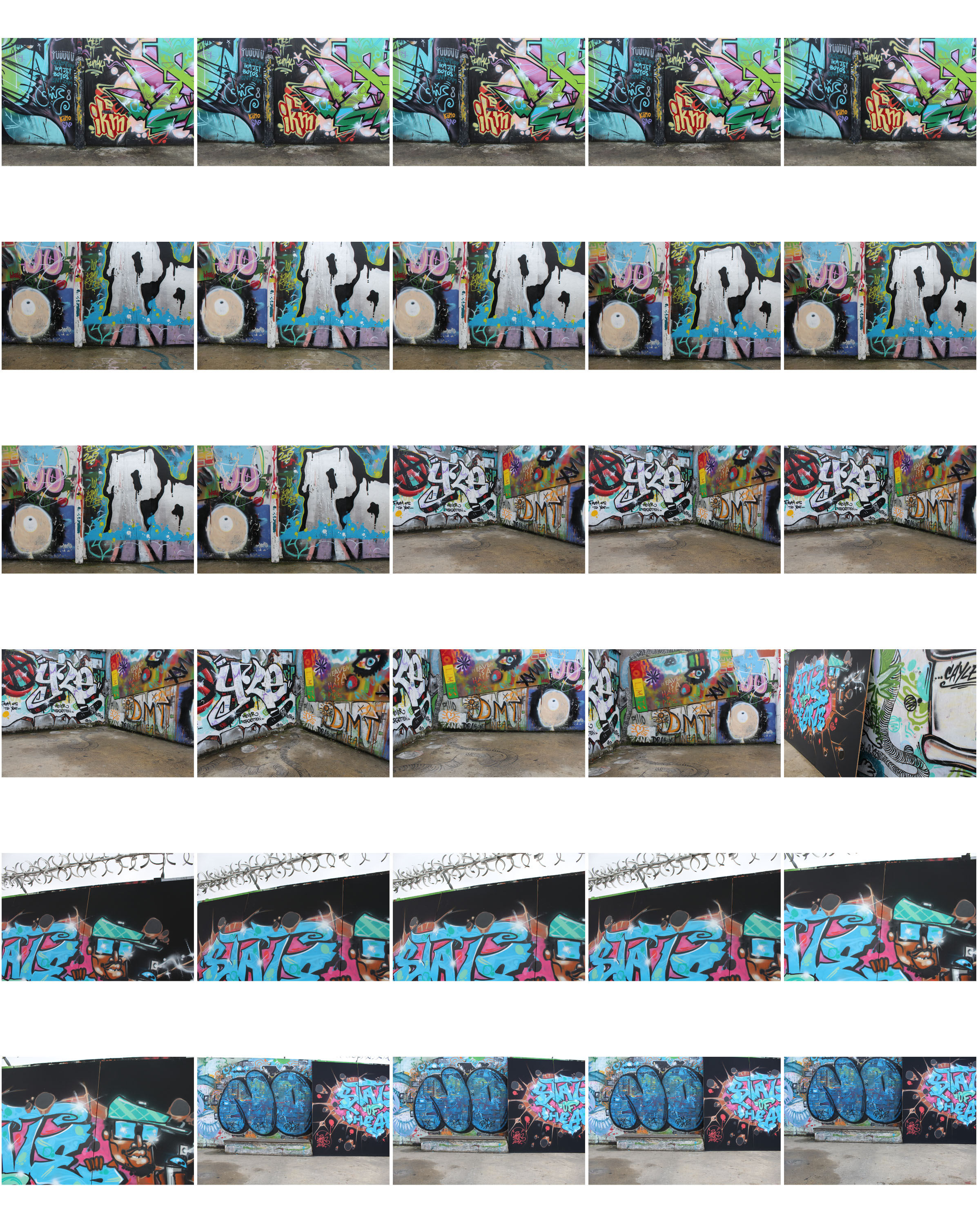
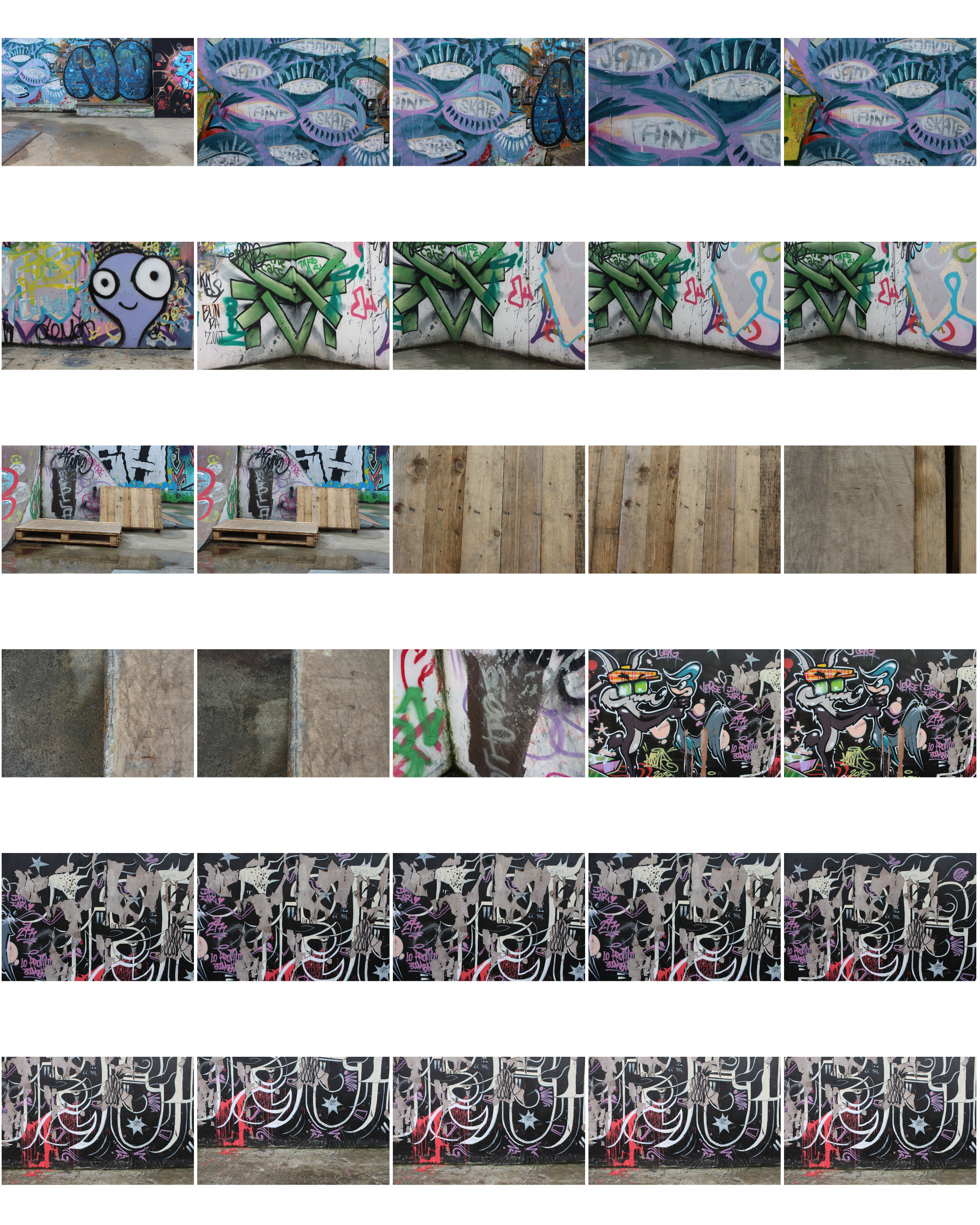
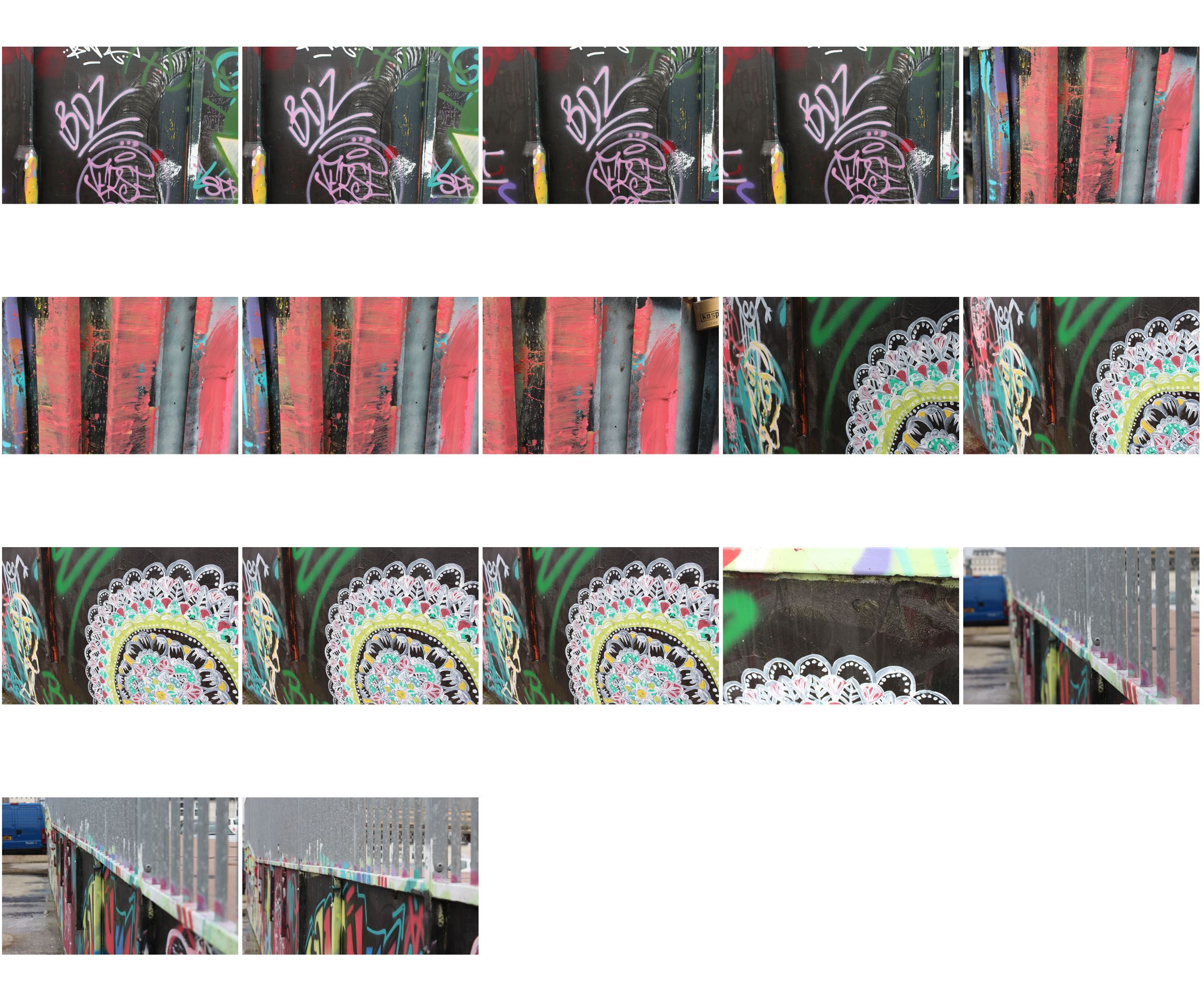
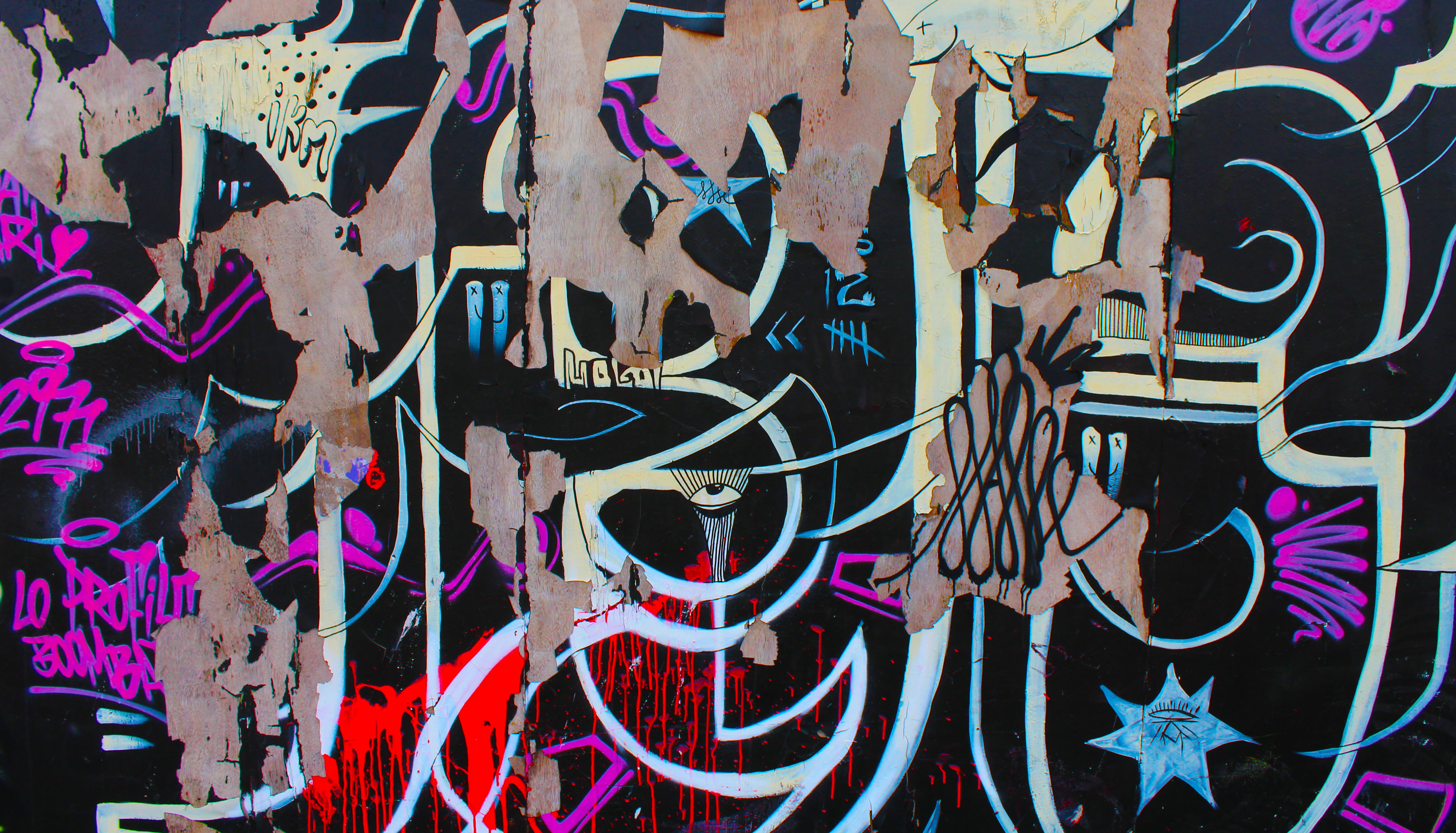
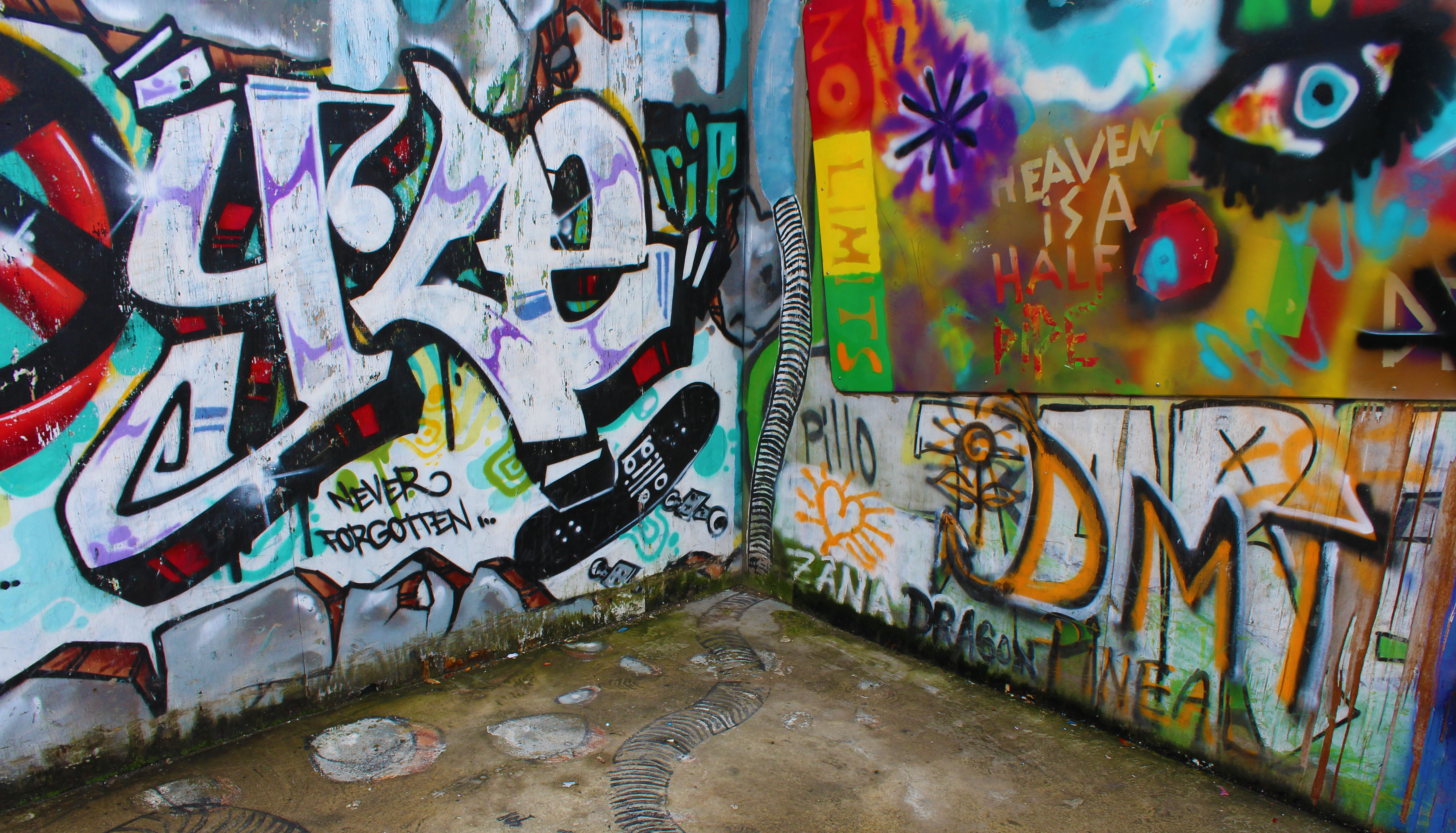
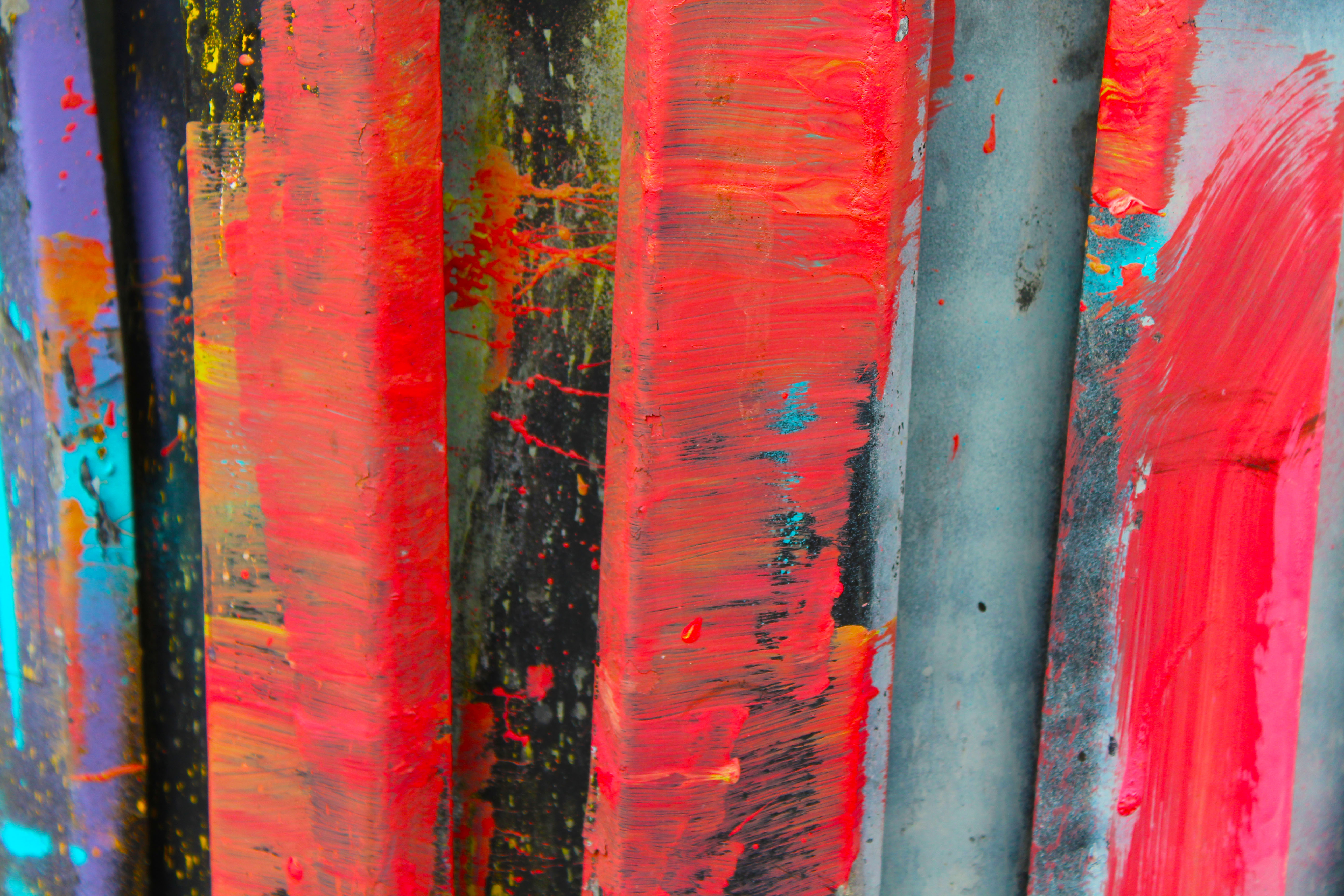
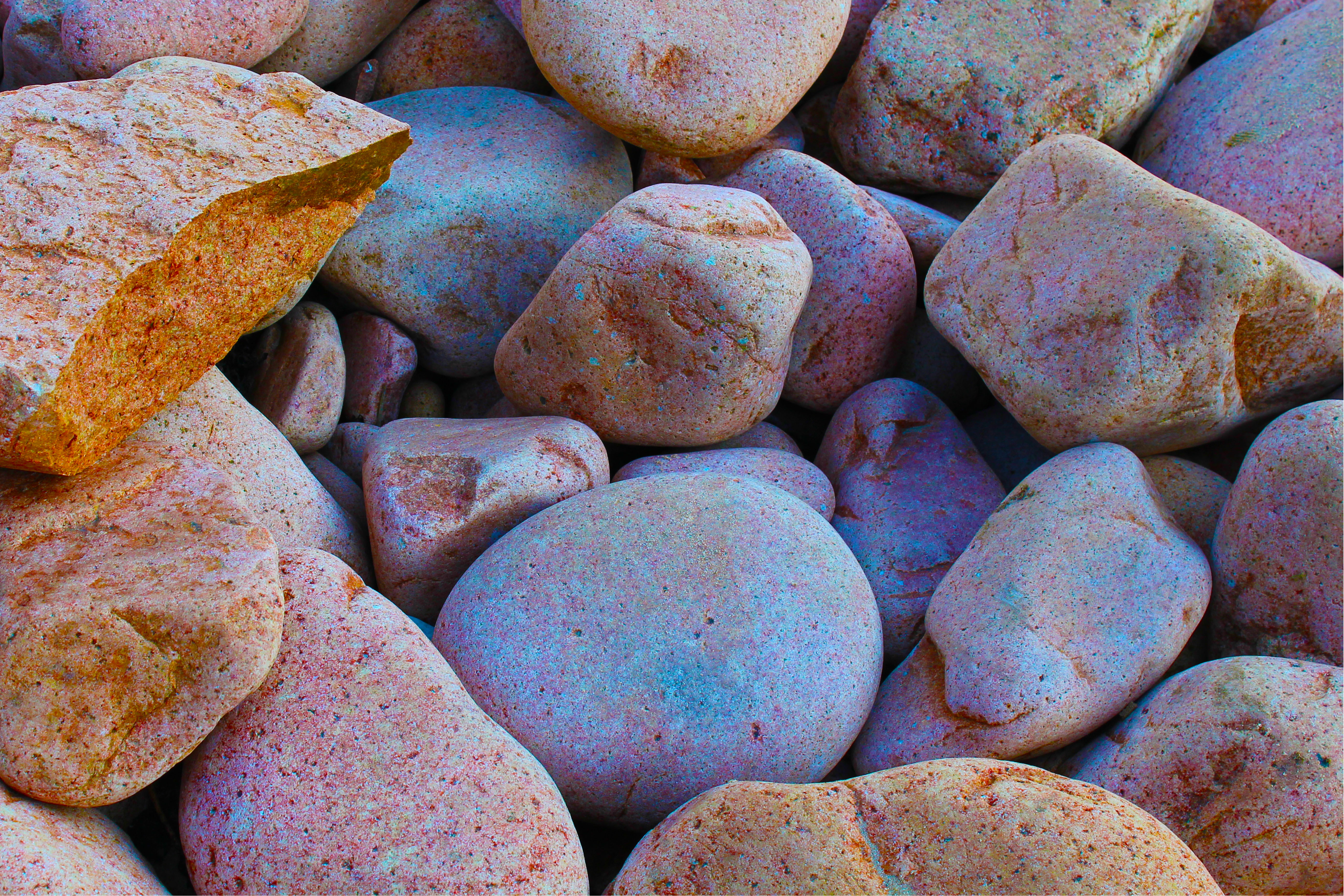
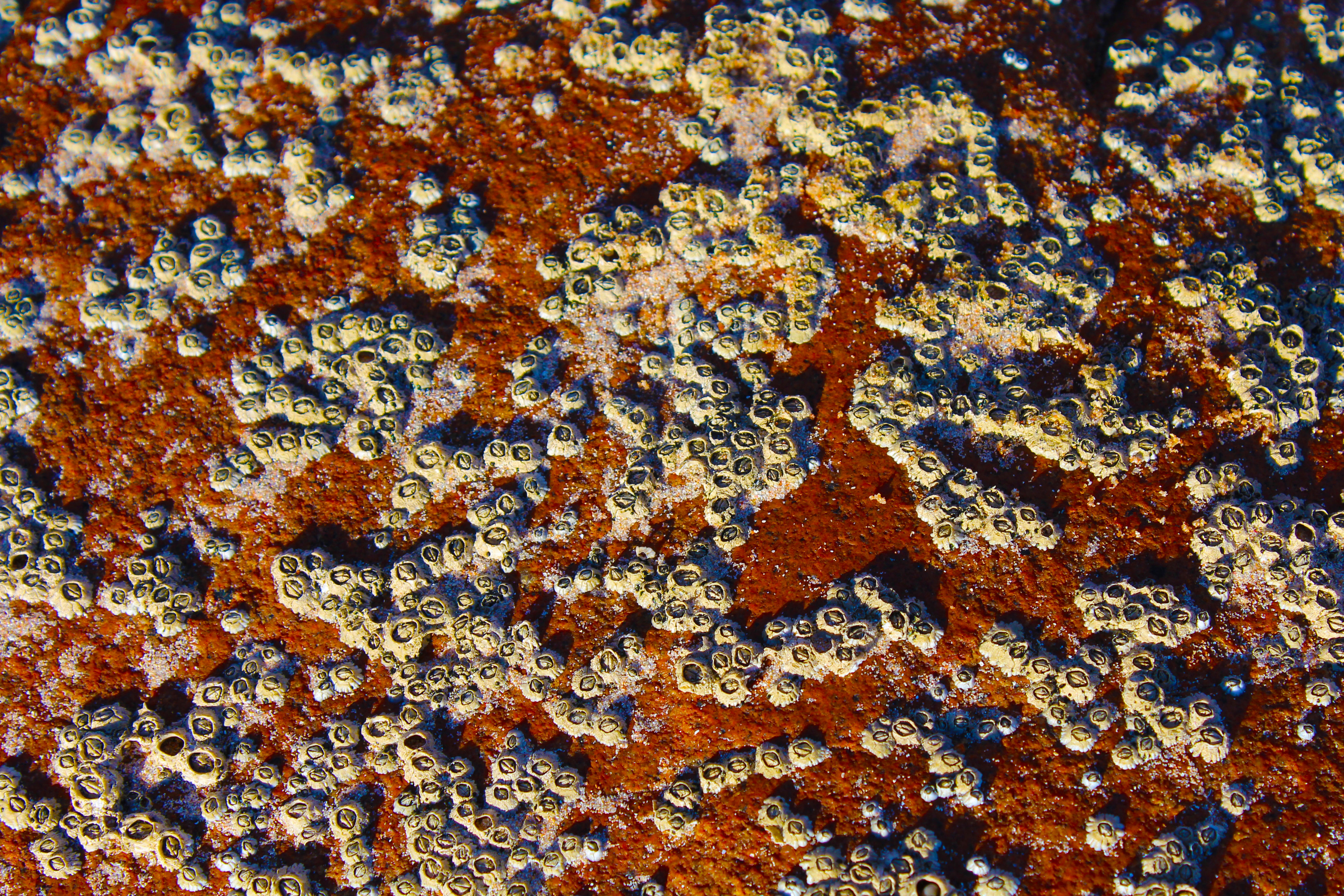

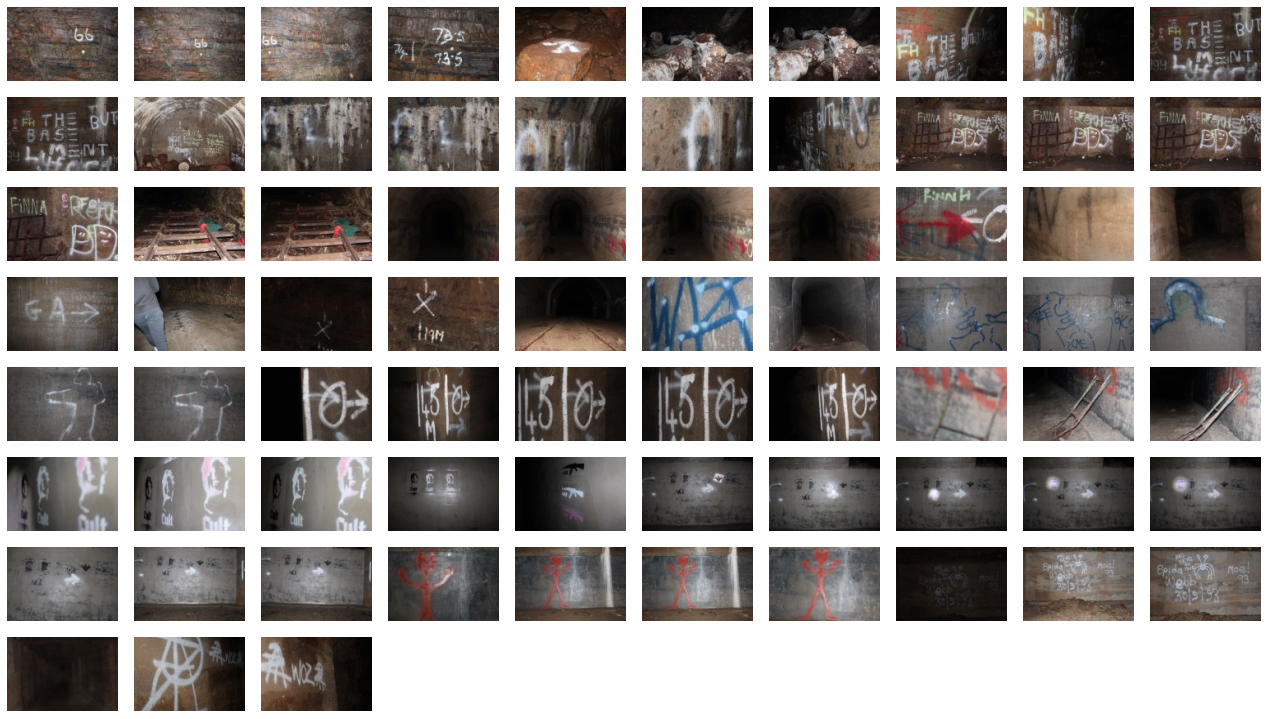

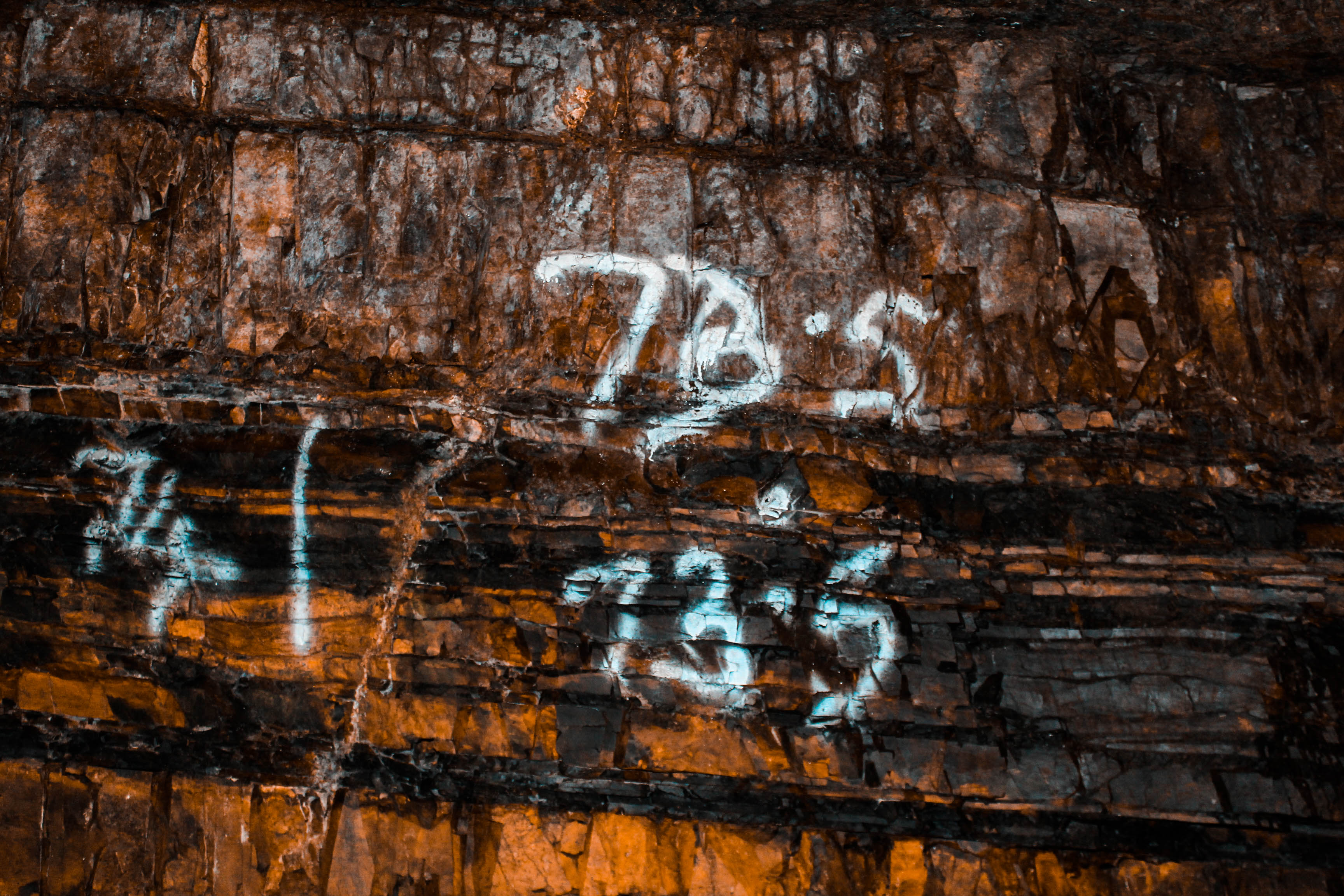
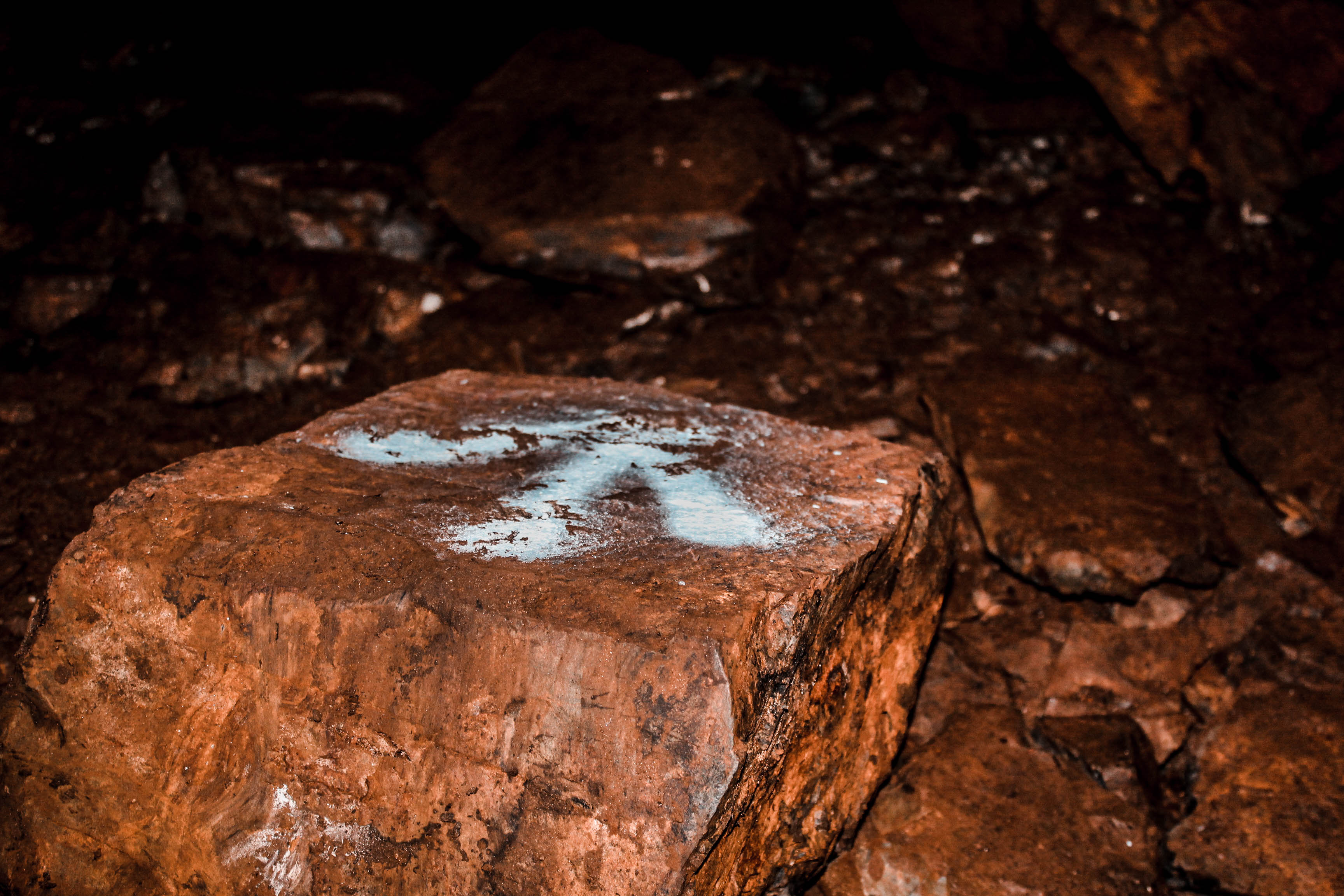

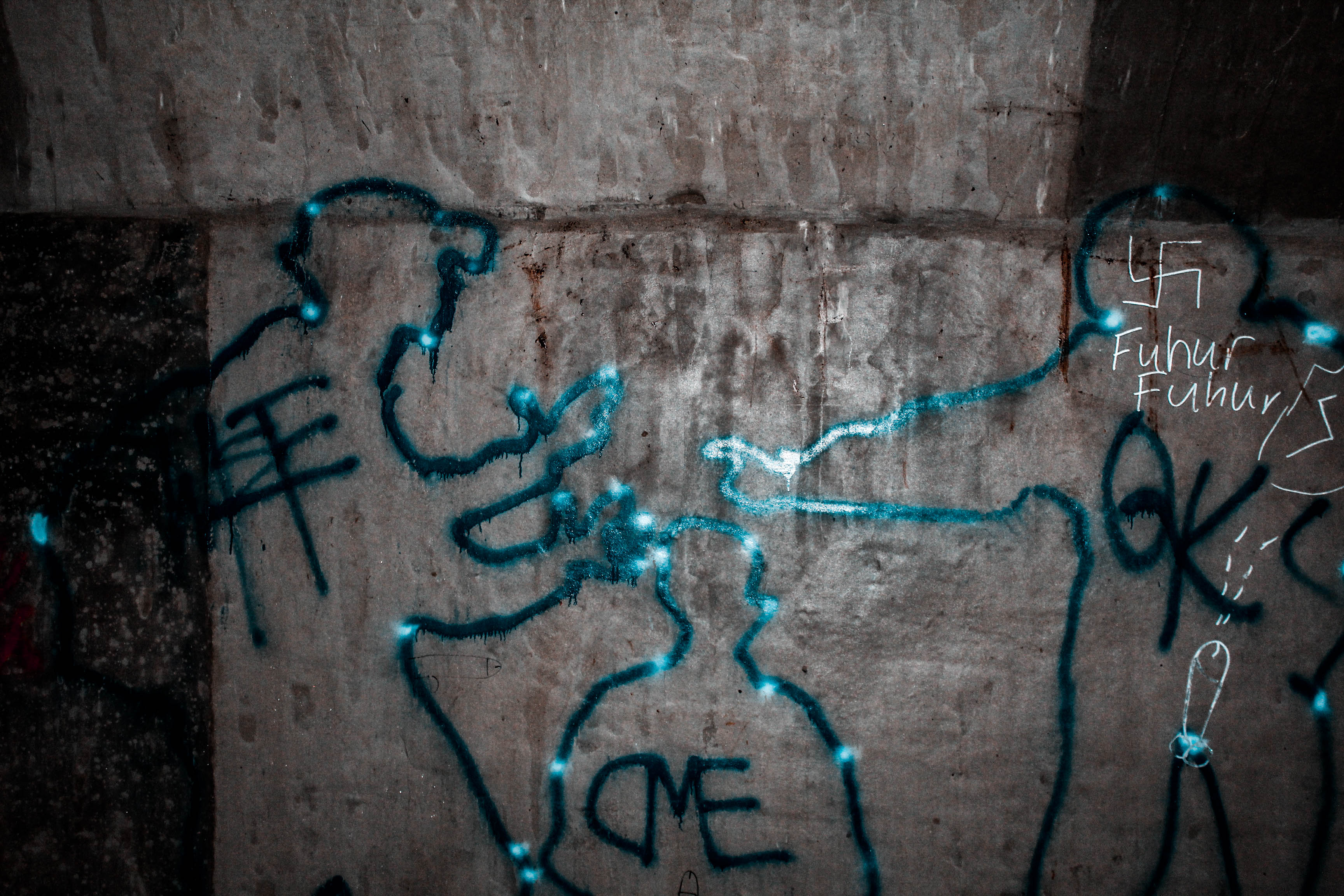
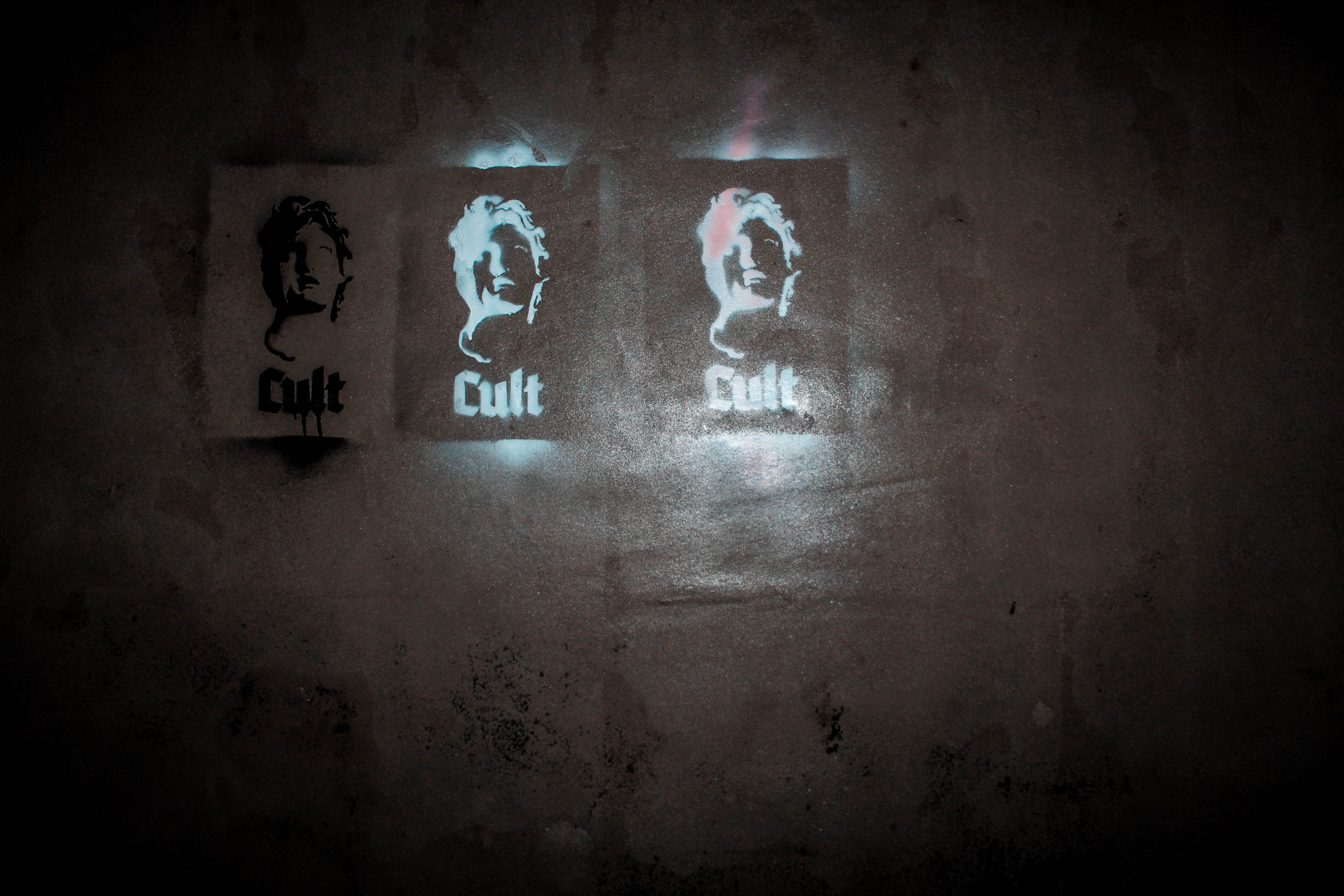
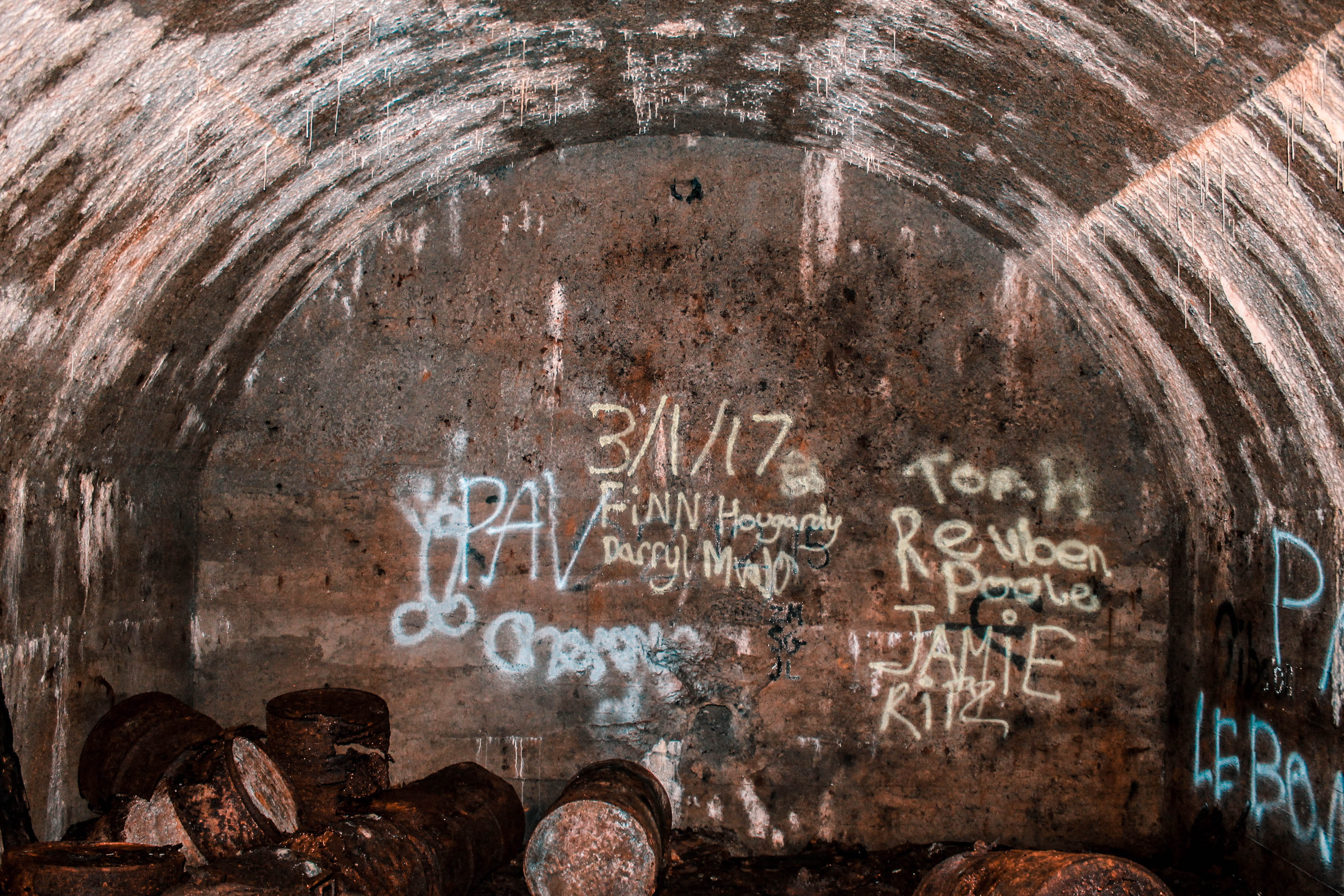
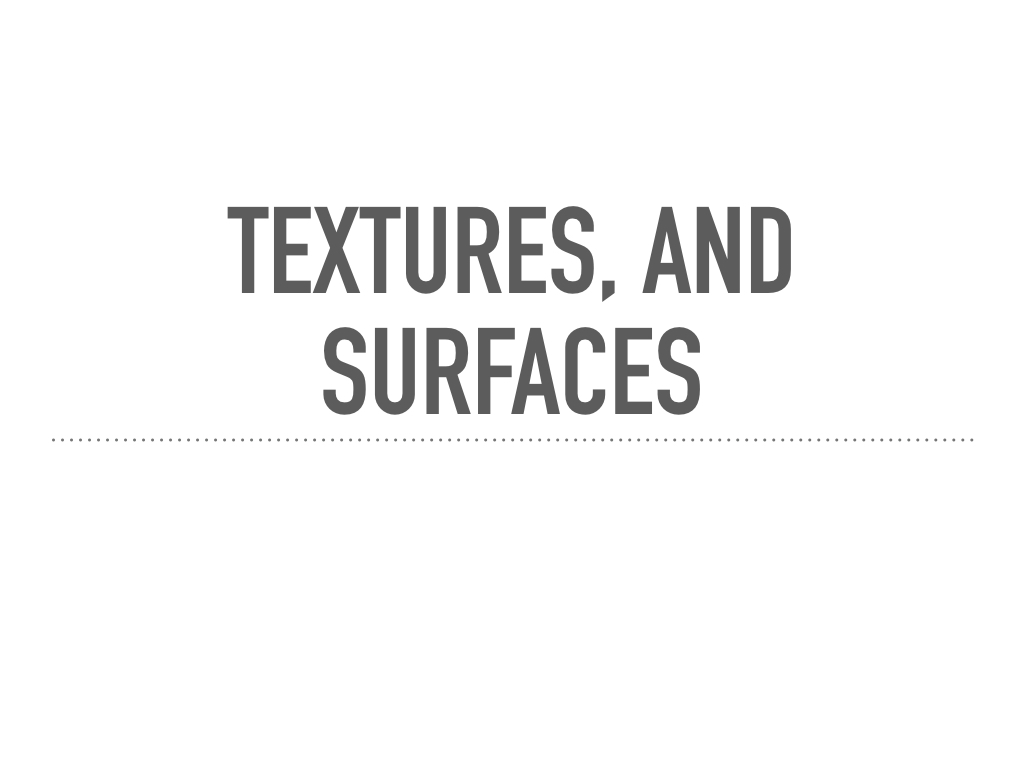

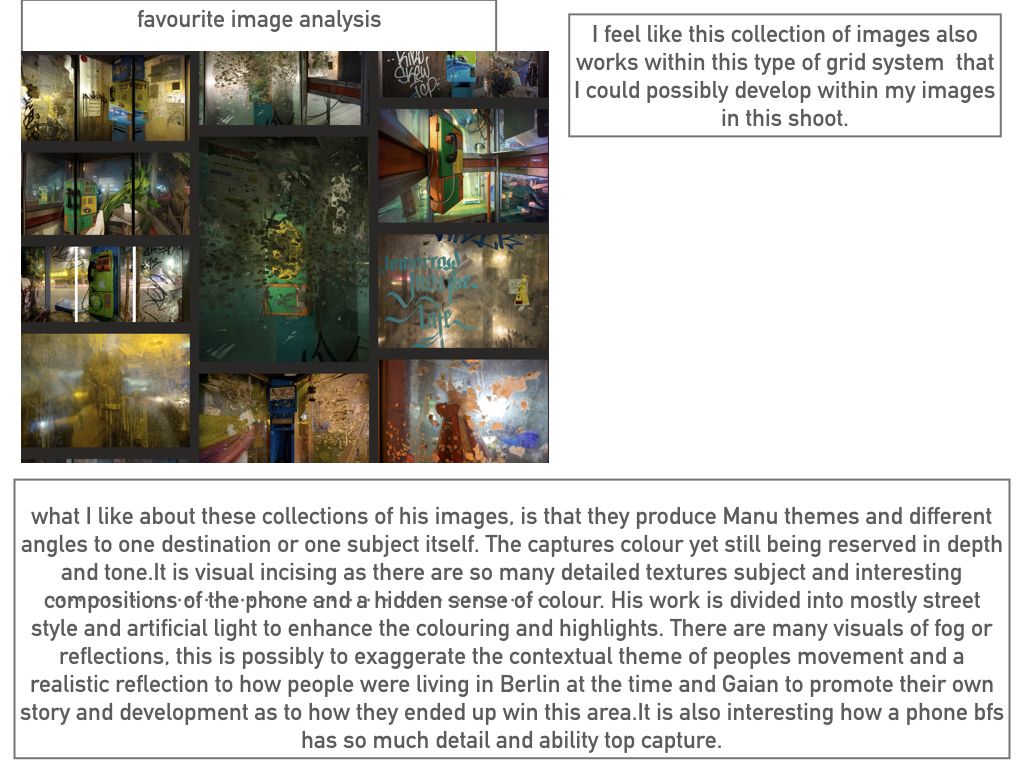
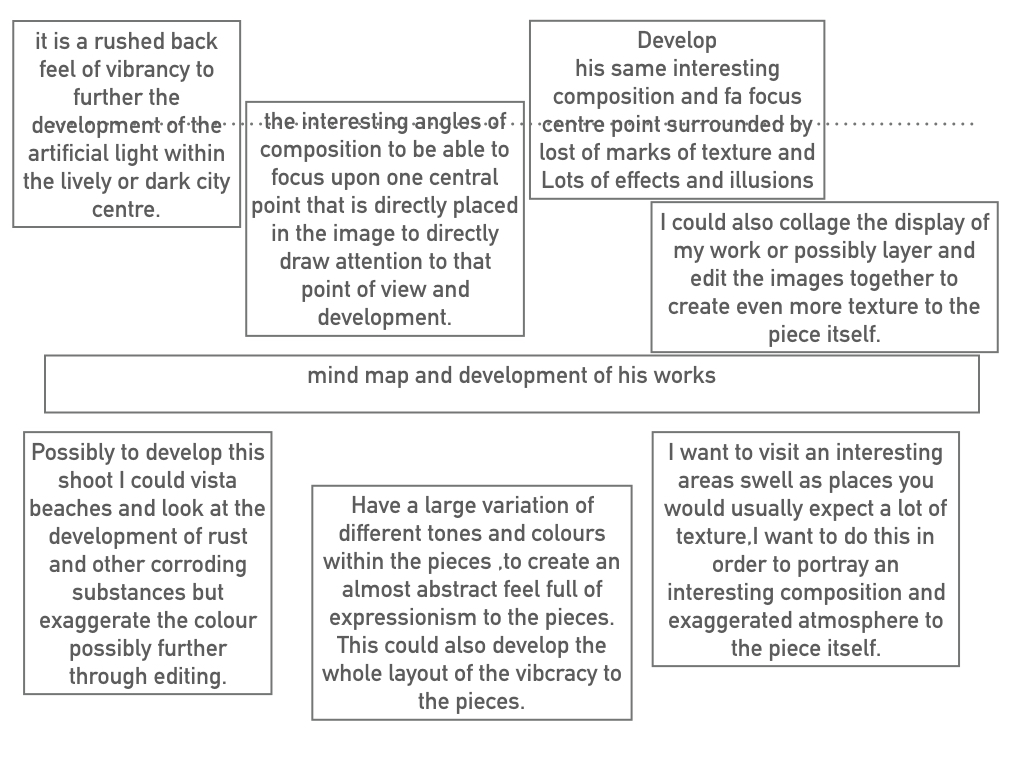
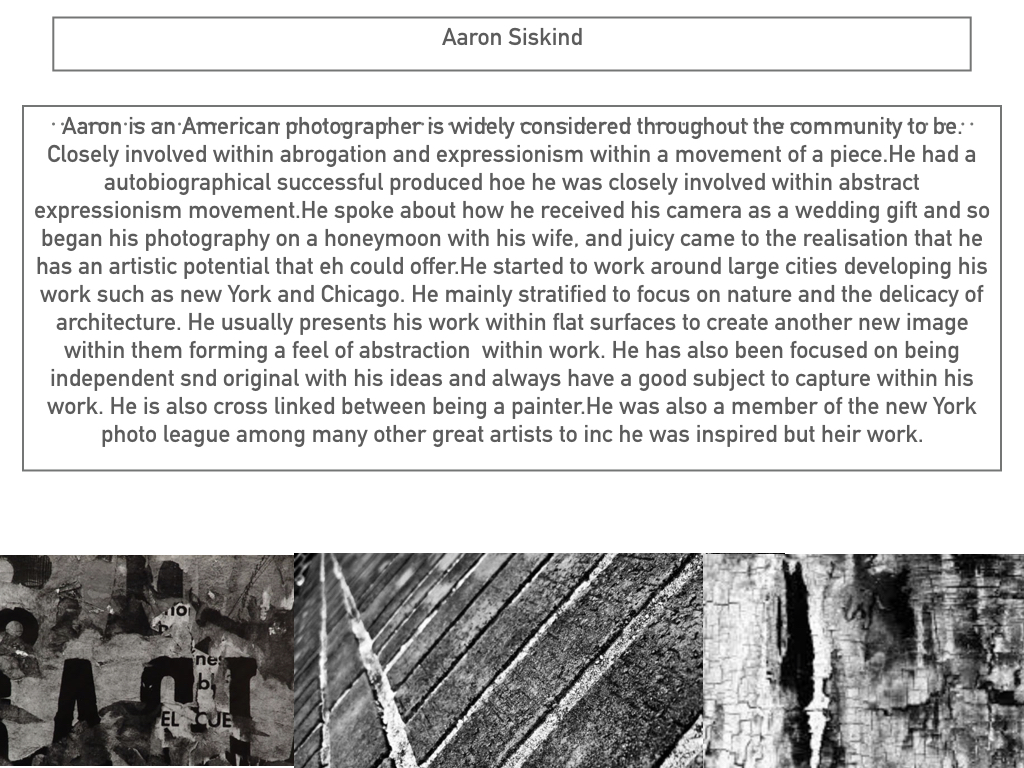
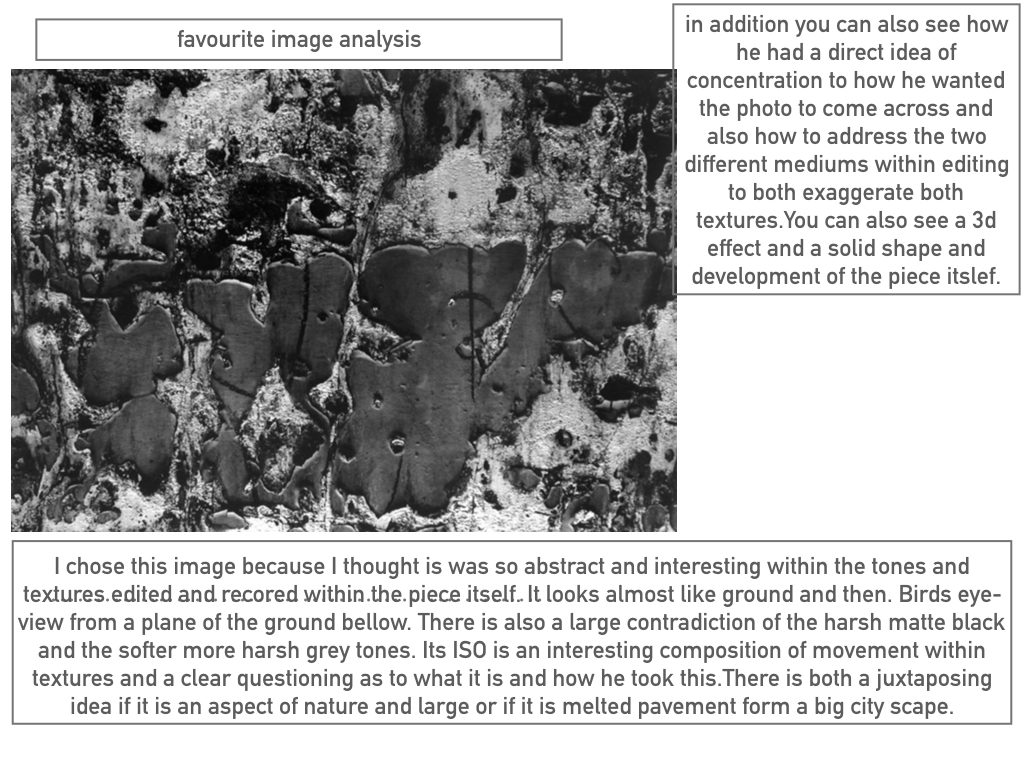


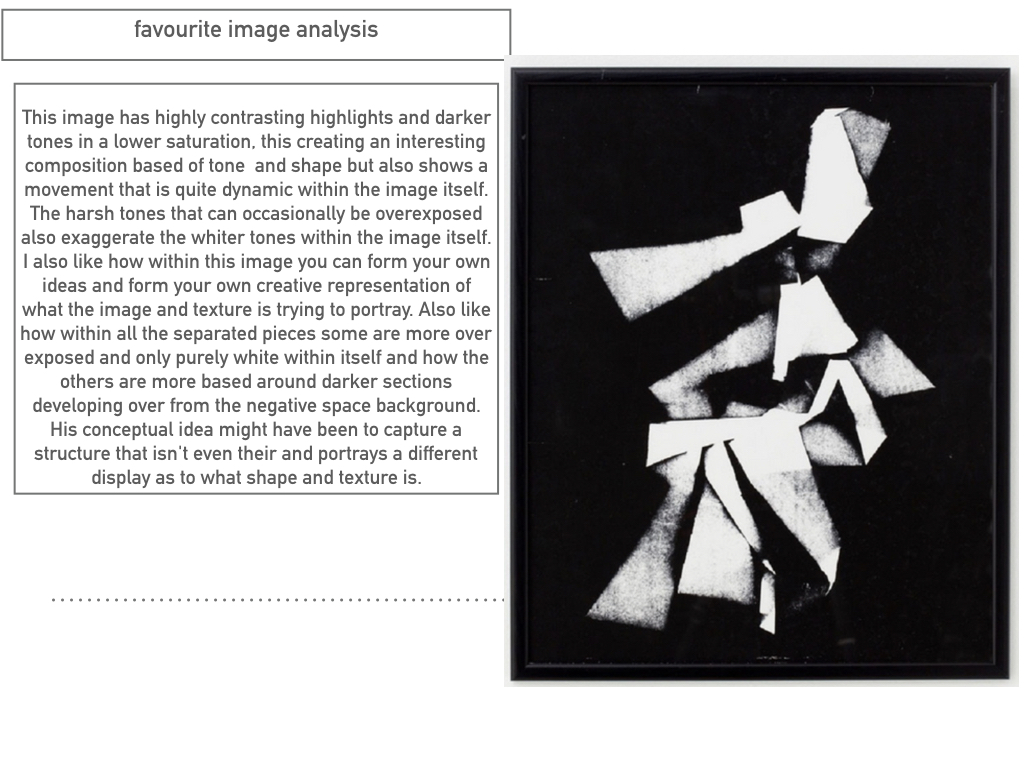
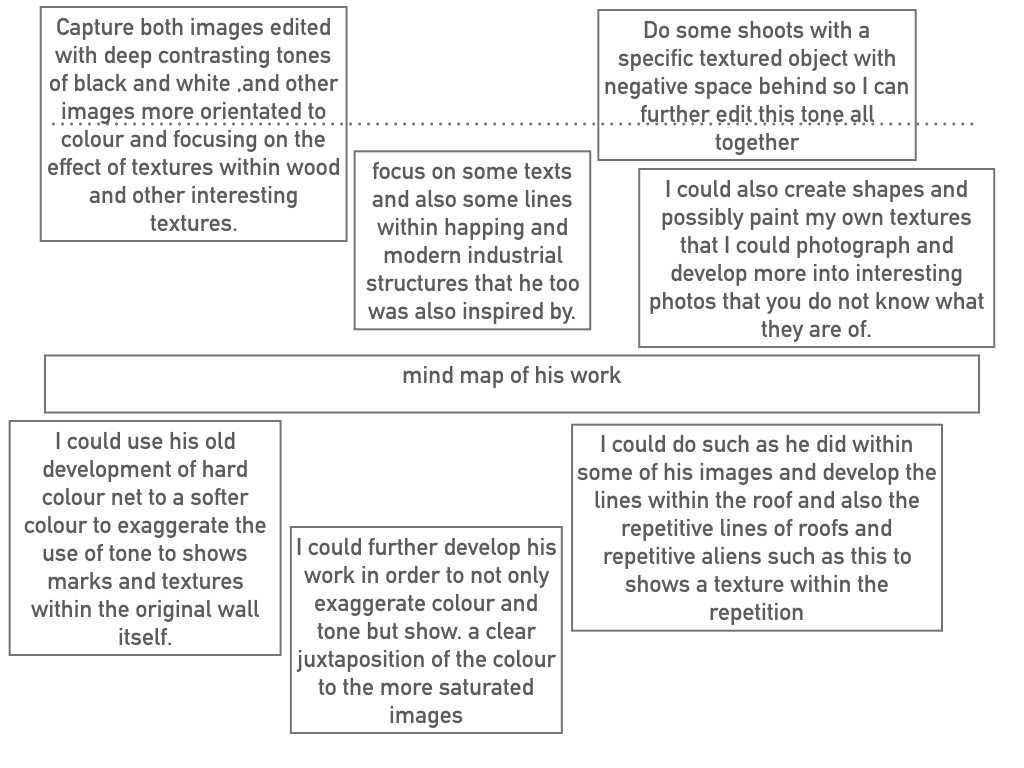
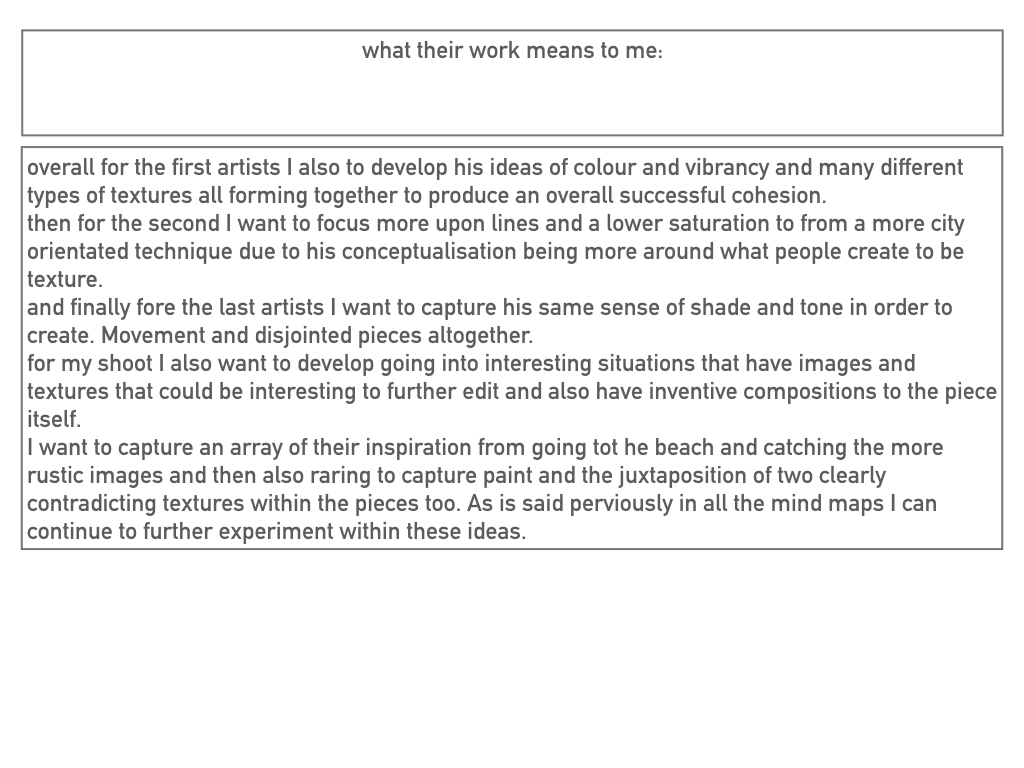
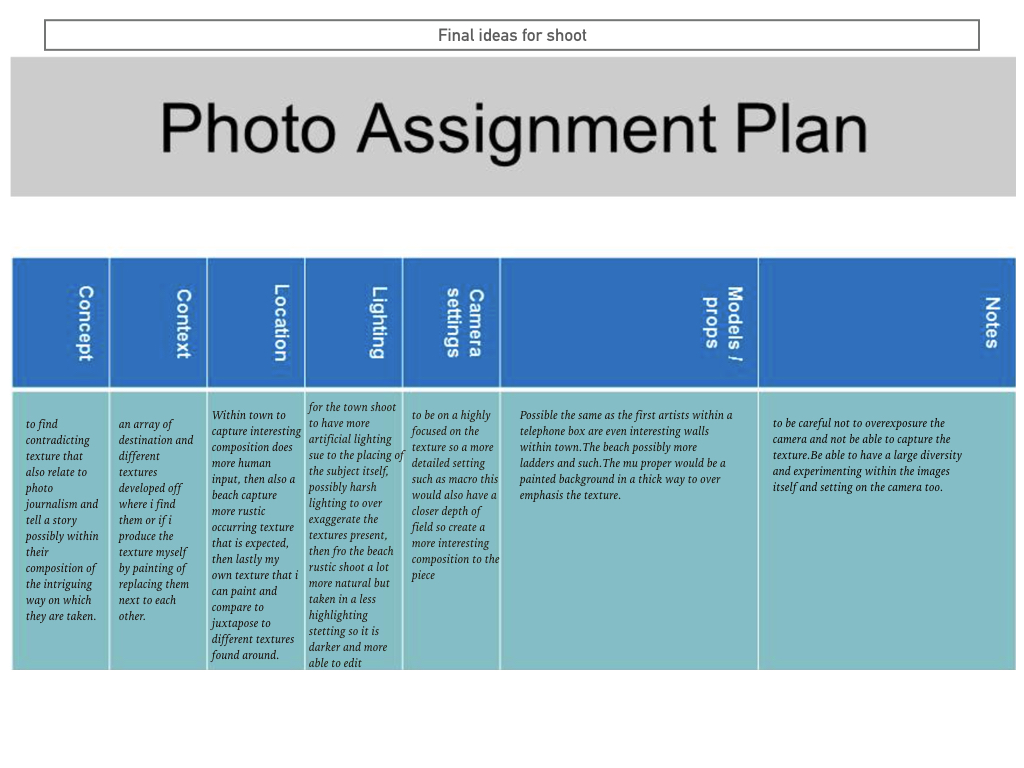
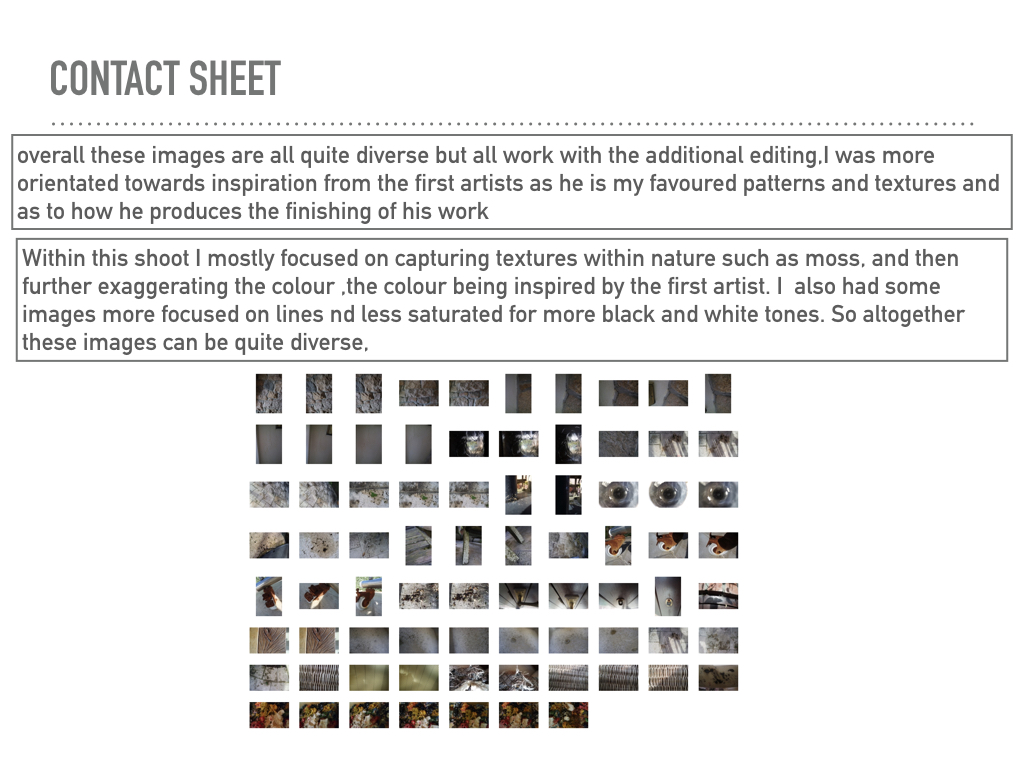
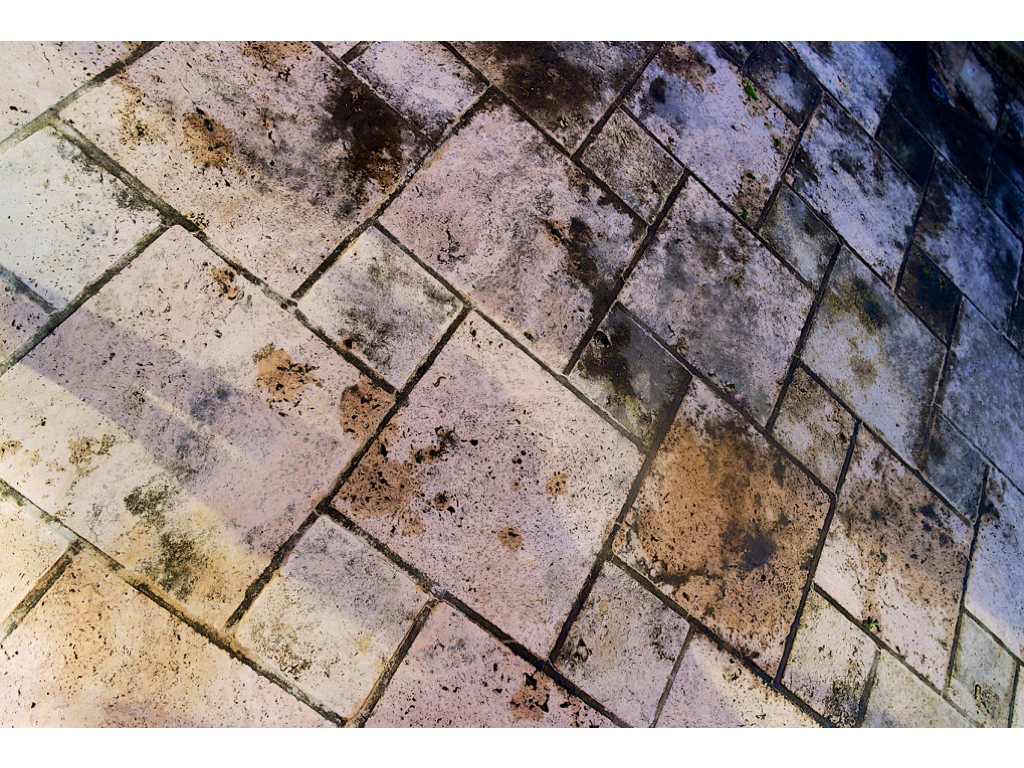
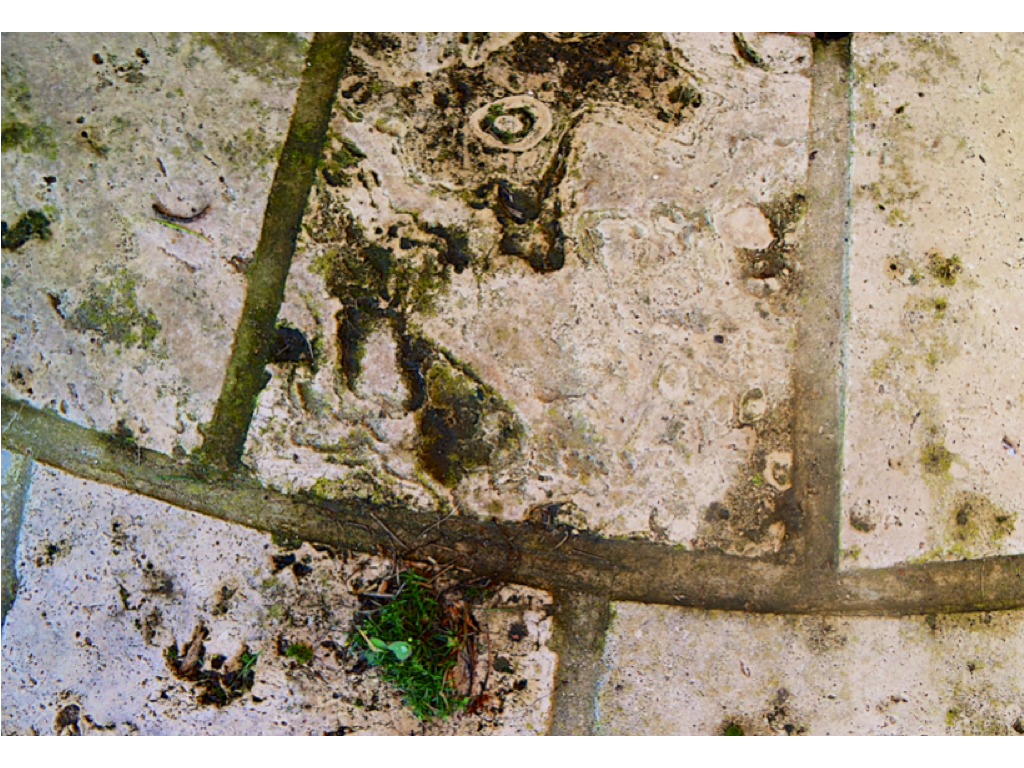
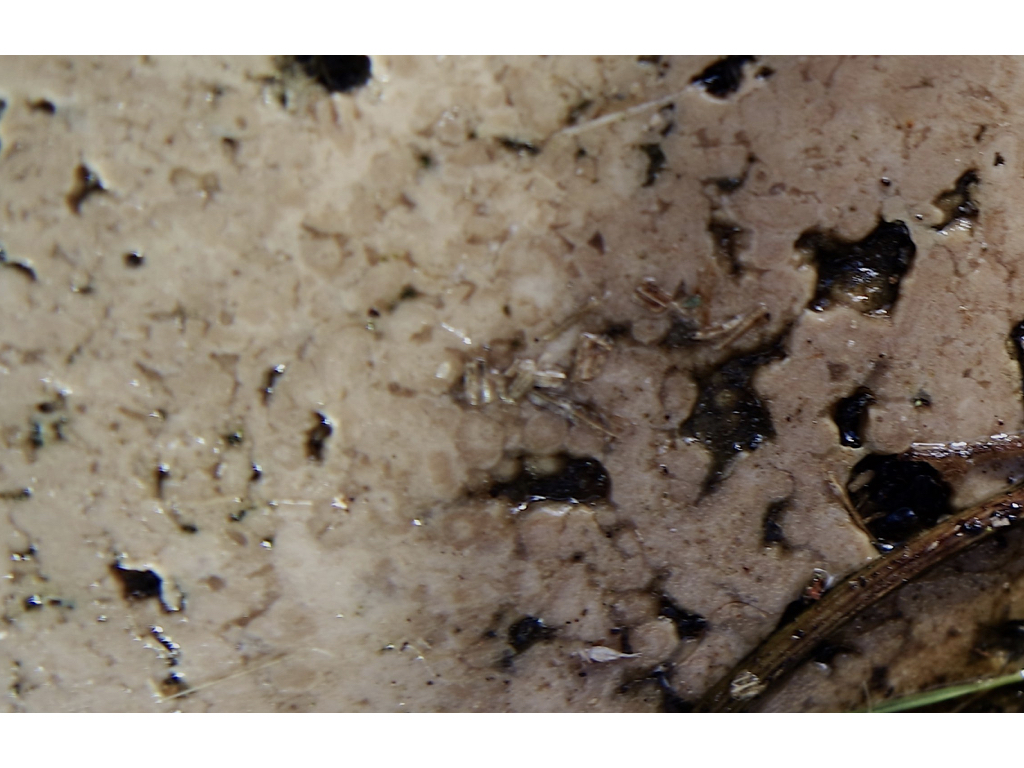

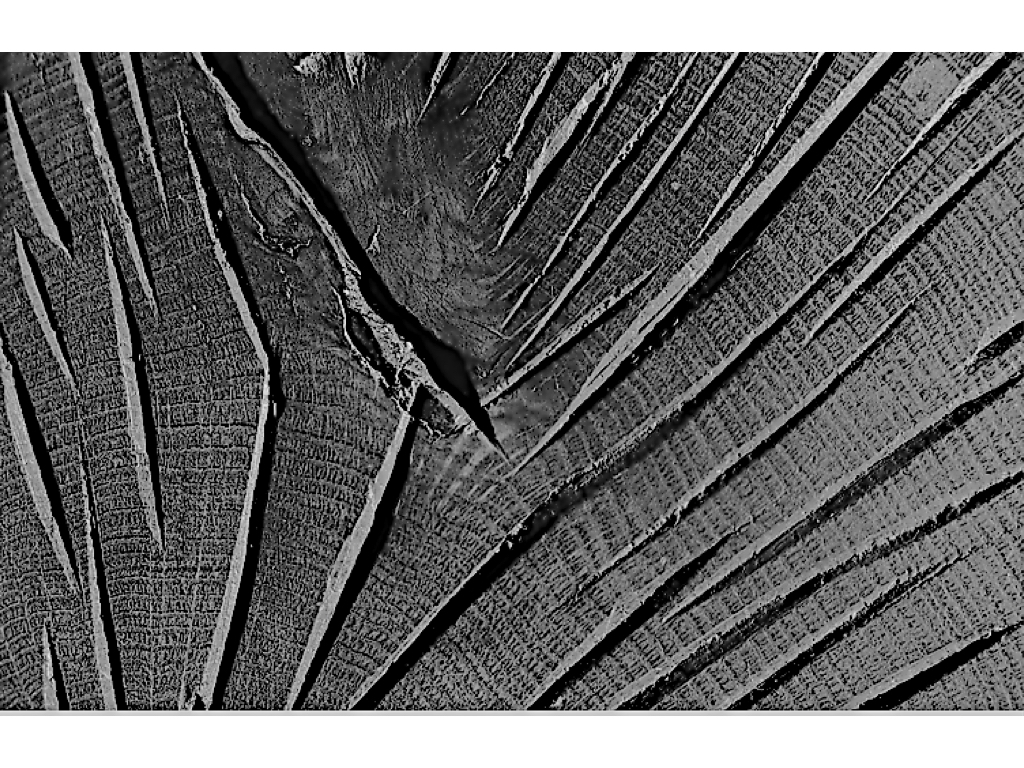
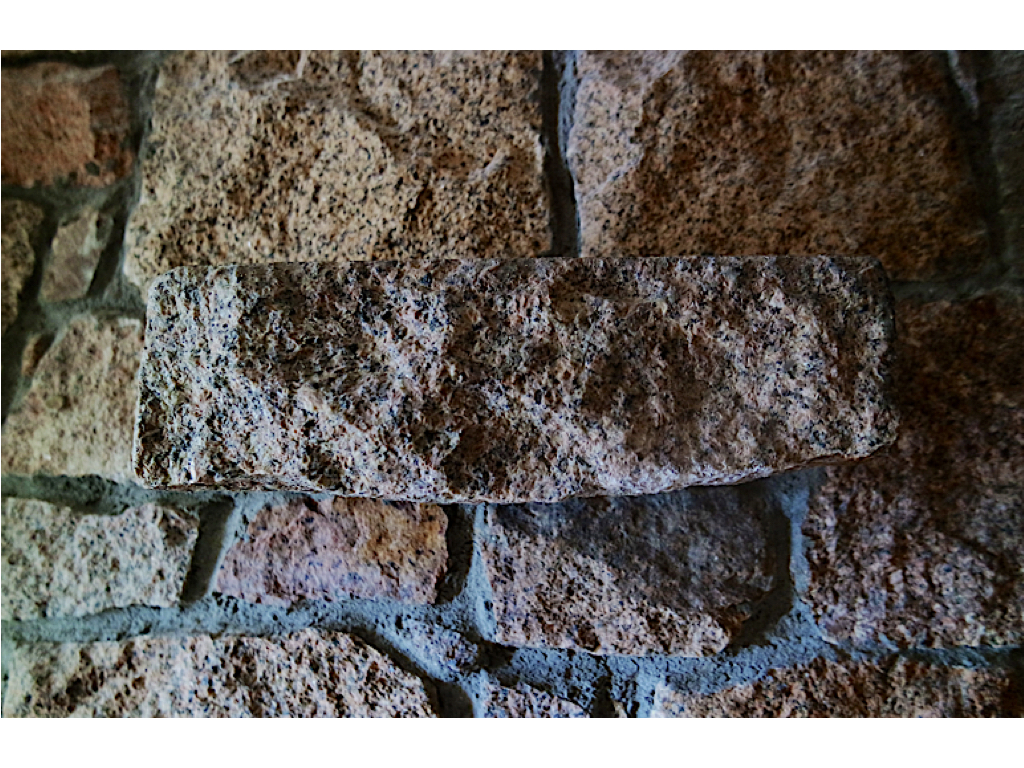

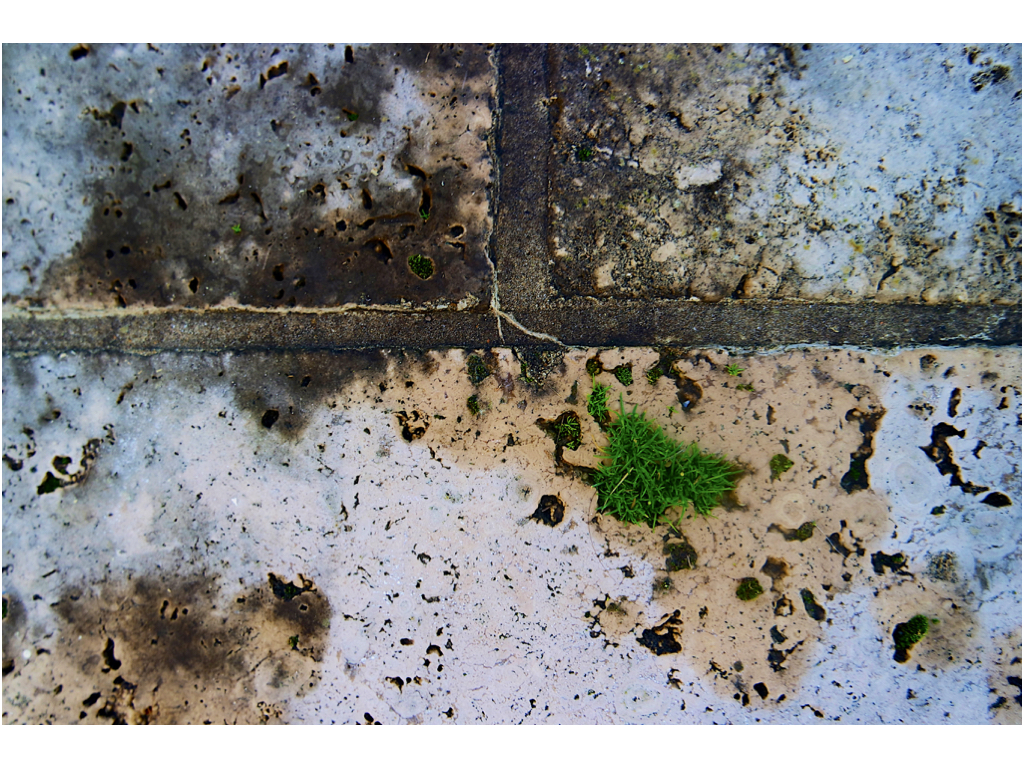
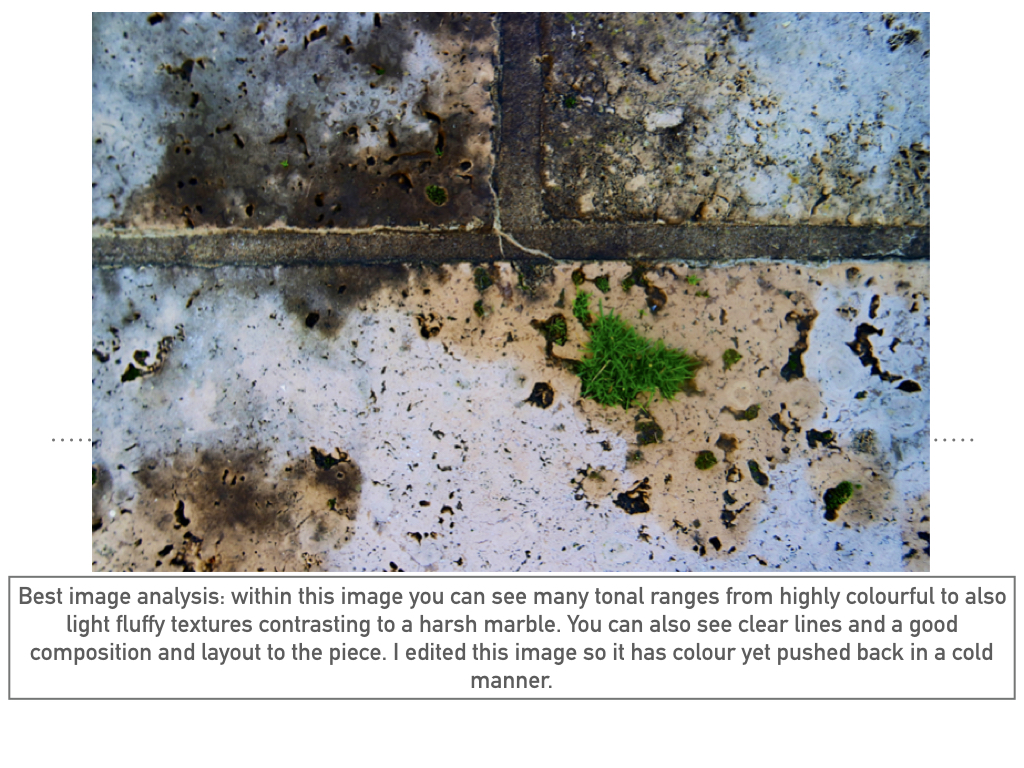
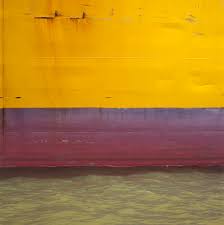

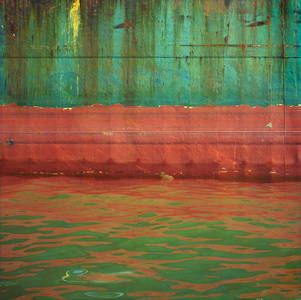
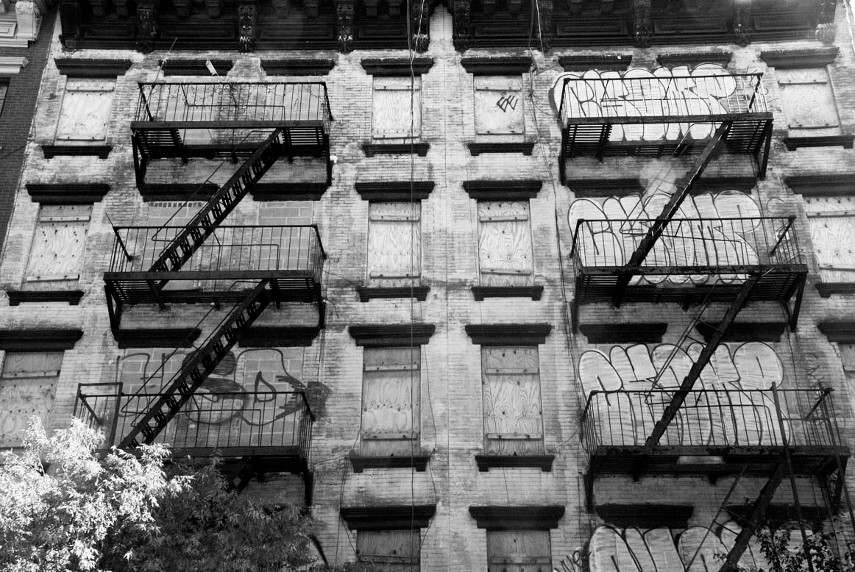
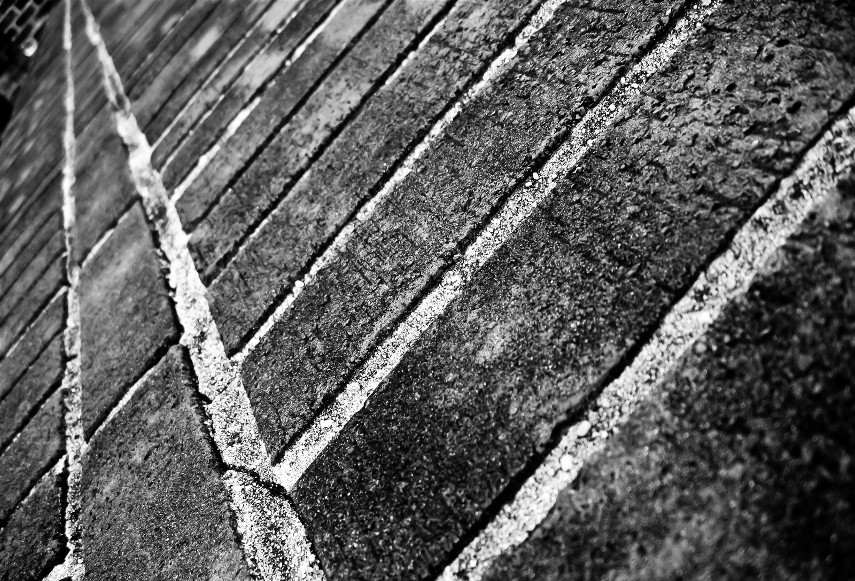

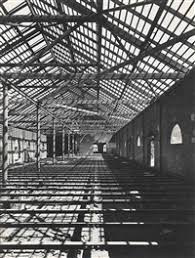.jpg)
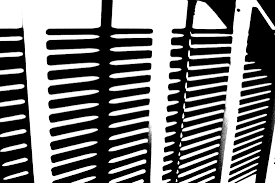

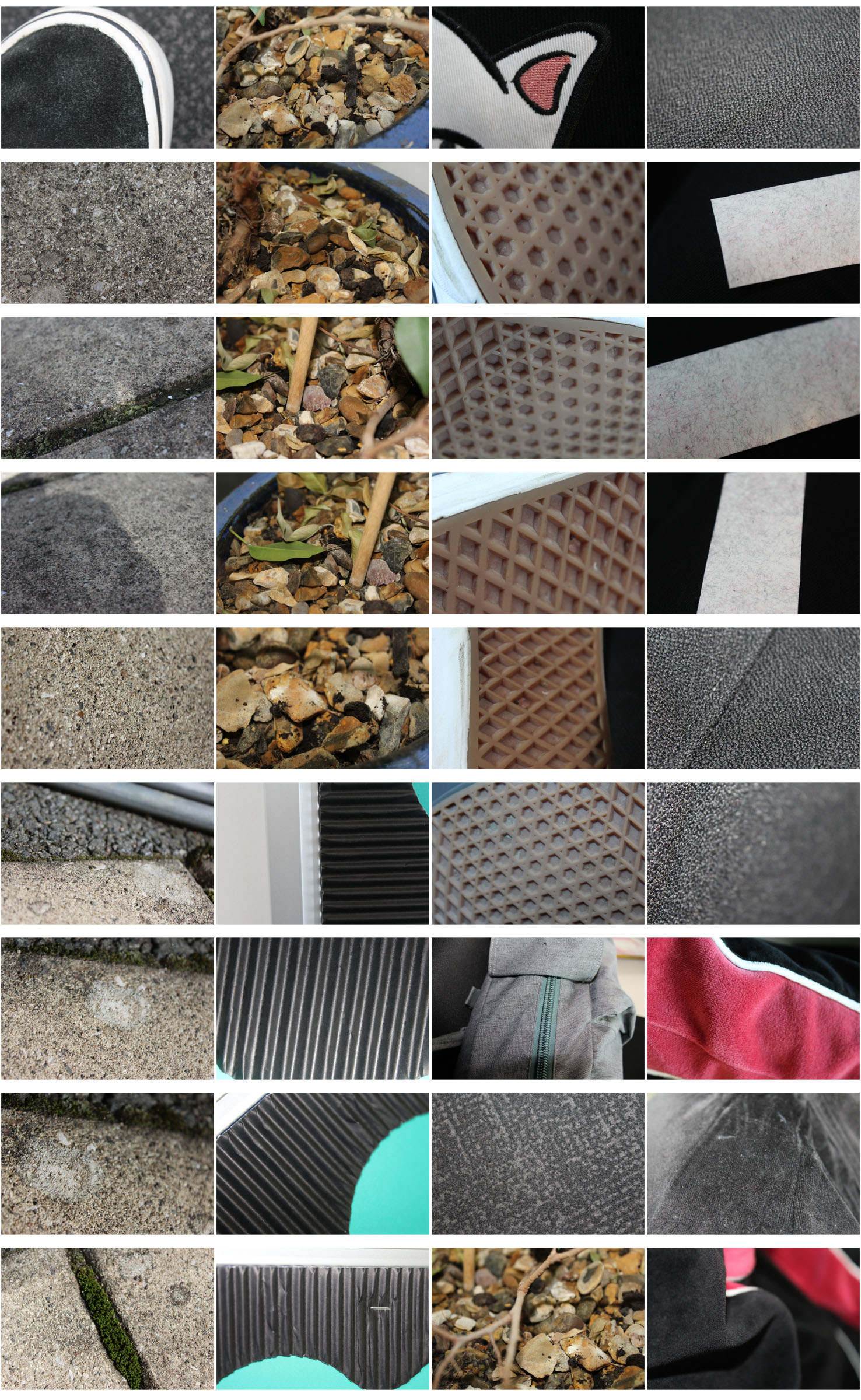
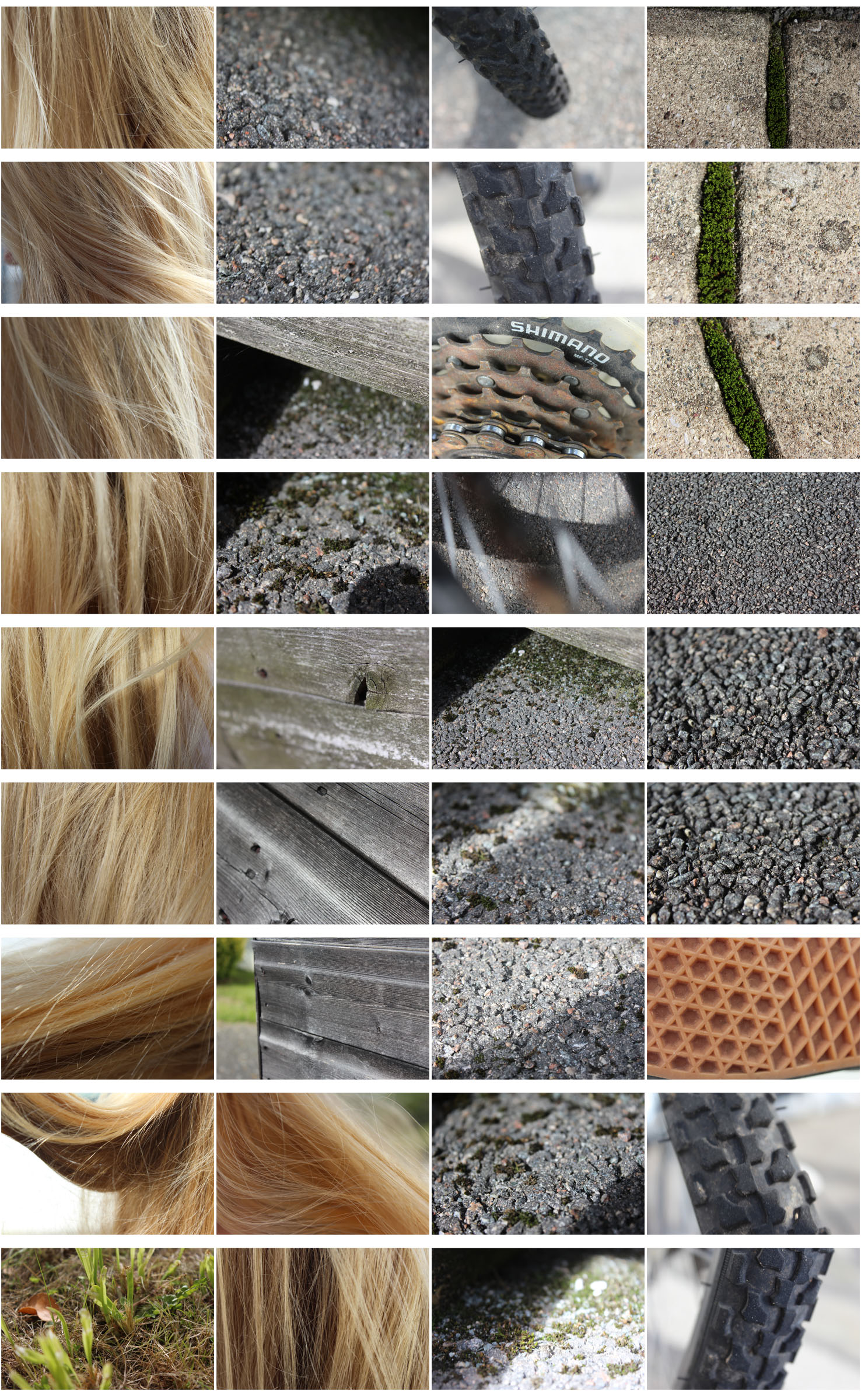

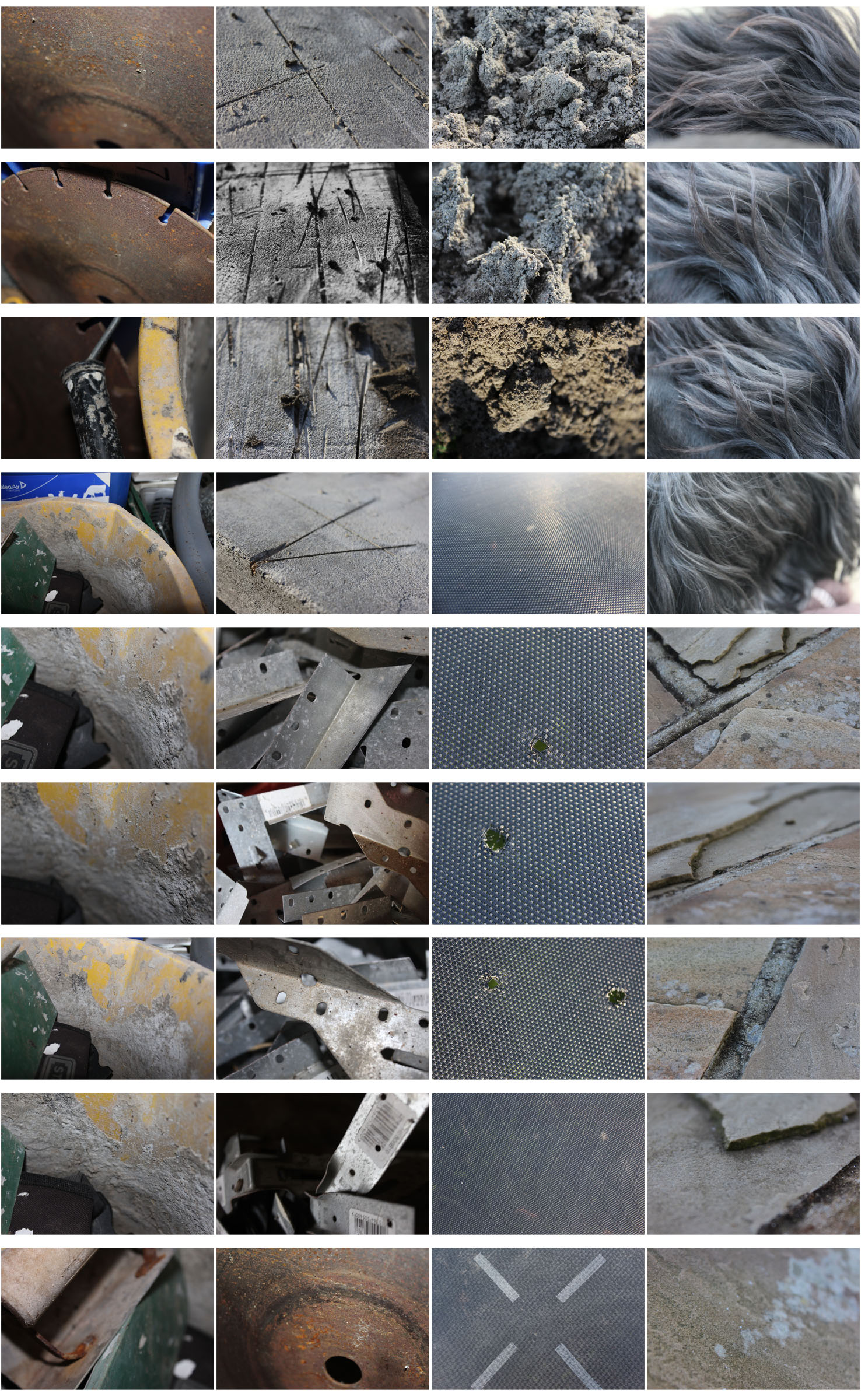
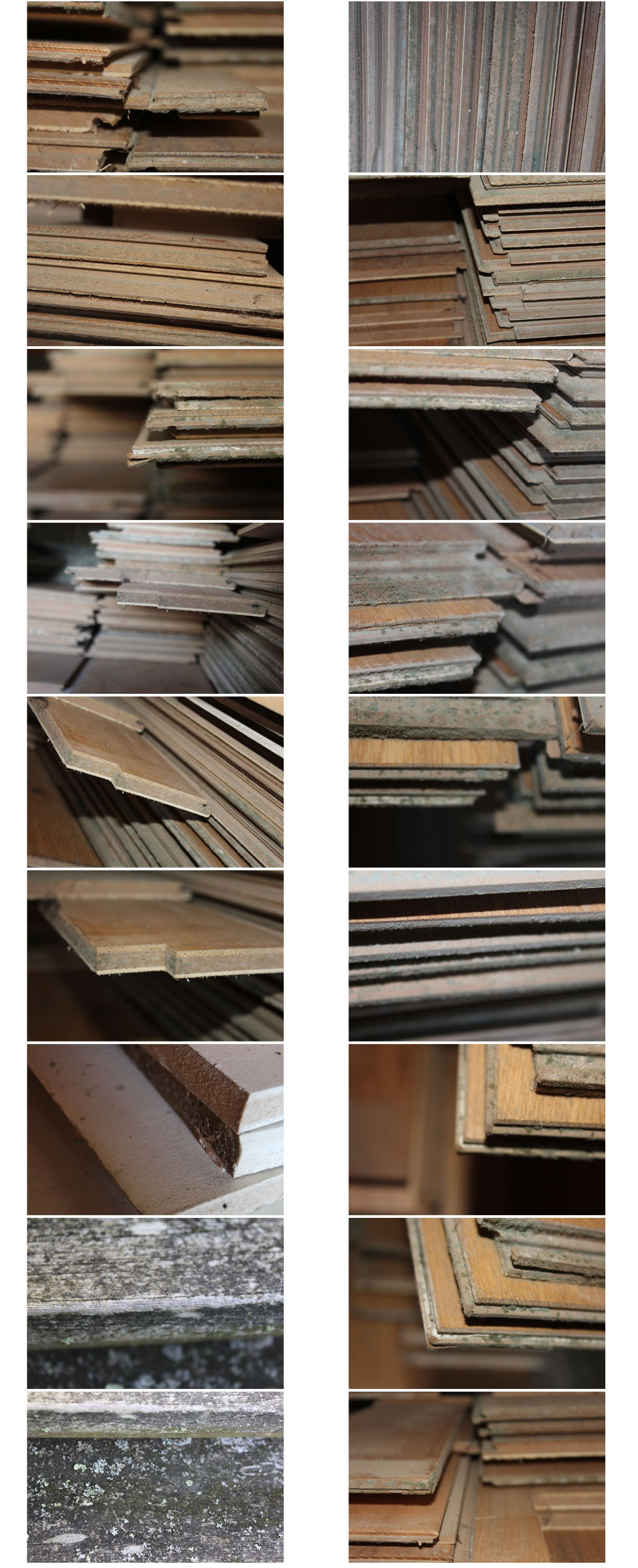







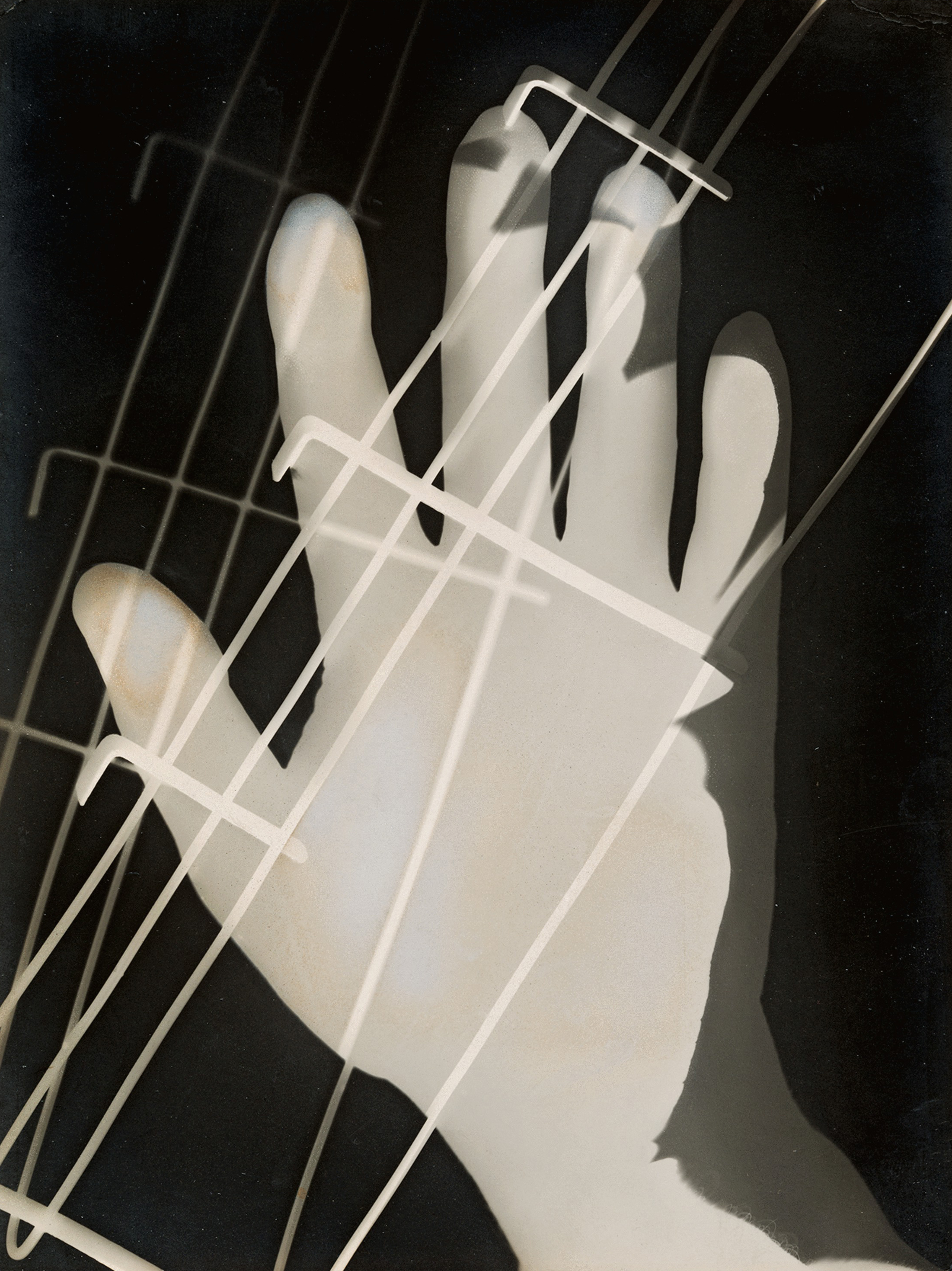





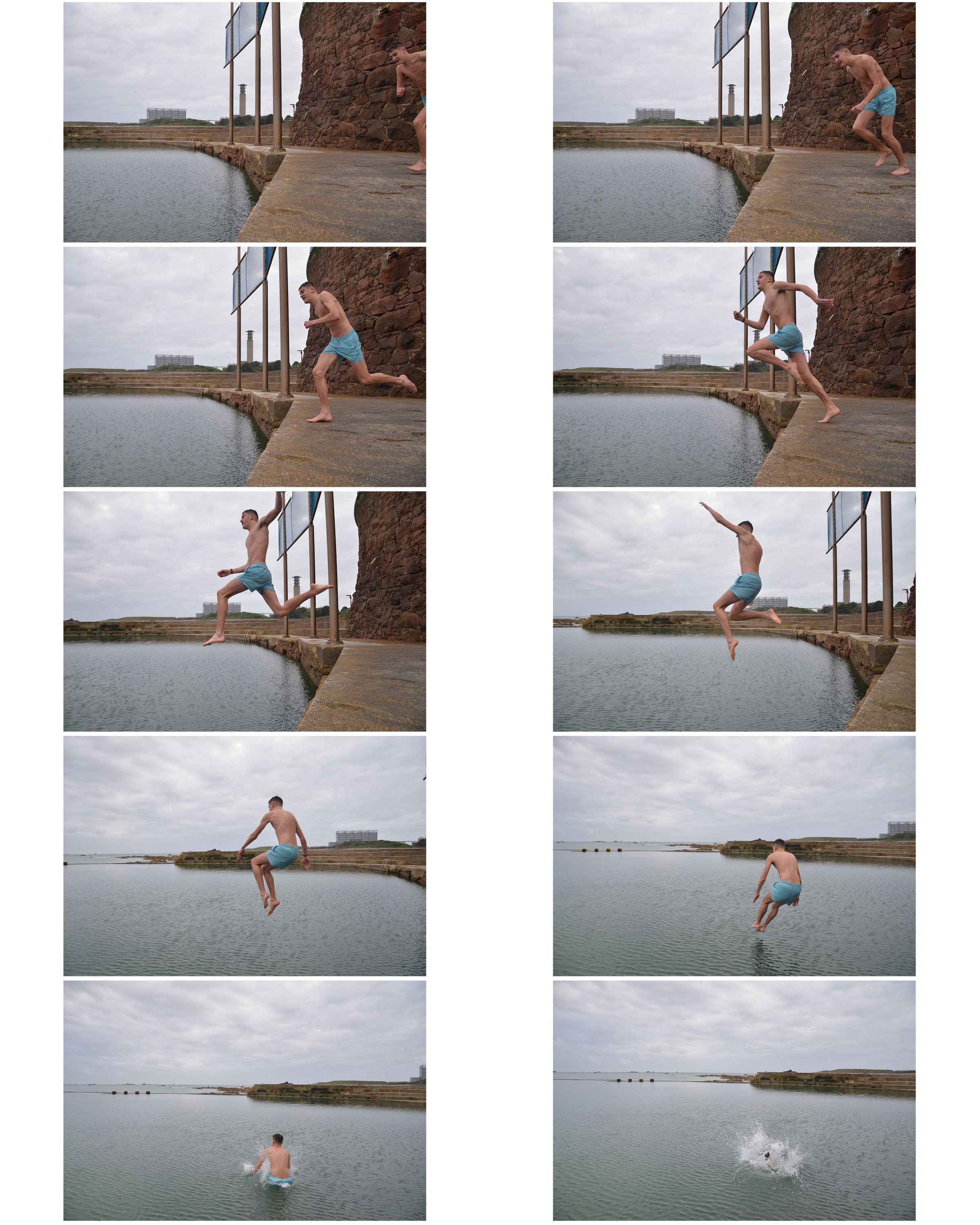
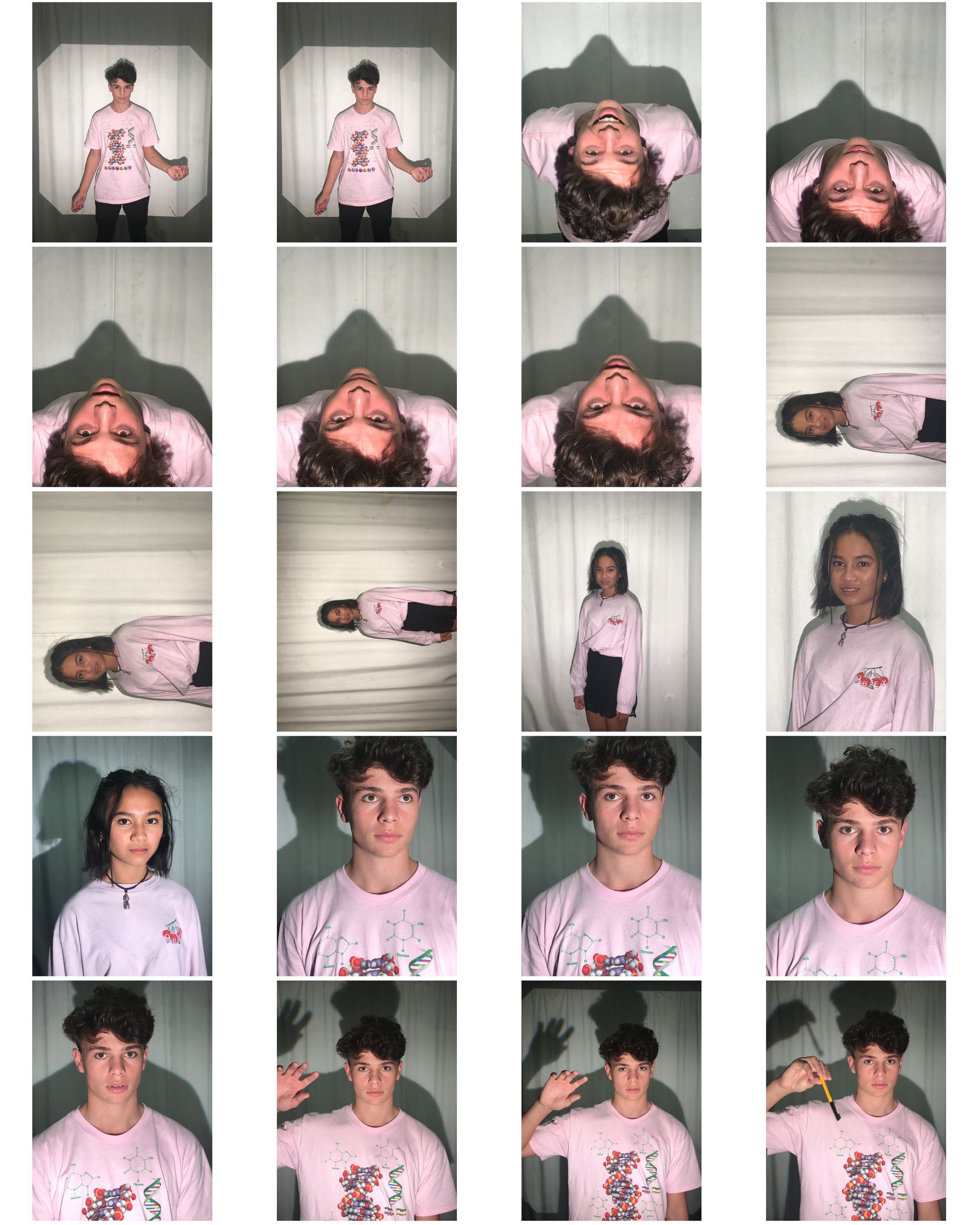
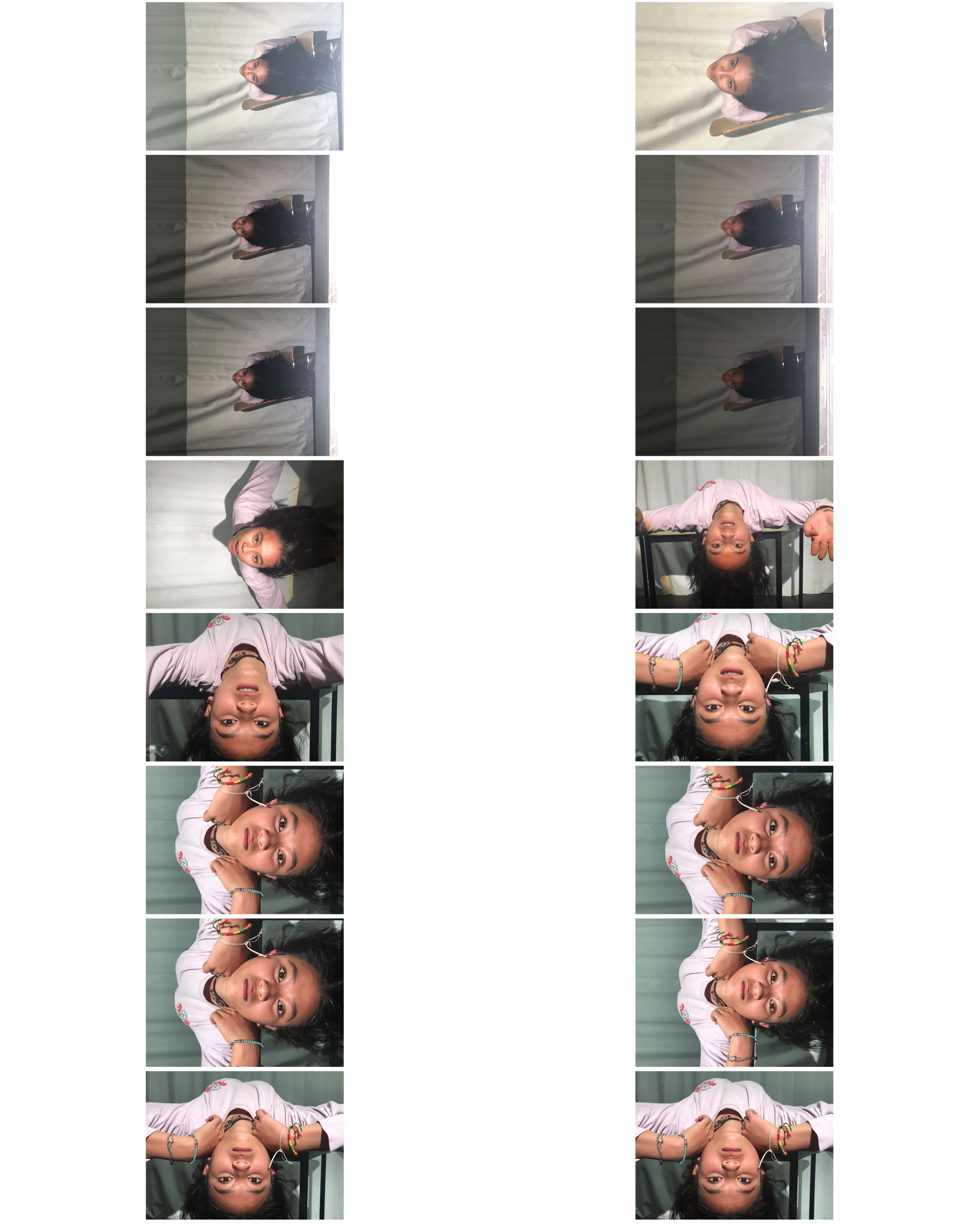





 I made two versions of this image. On one I used the rule of thirds to make use of the dark negative space in the background to give the subject the focus. I cropped the other to show off more of the abstract detail in the facial features.
I made two versions of this image. On one I used the rule of thirds to make use of the dark negative space in the background to give the subject the focus. I cropped the other to show off more of the abstract detail in the facial features.

